In the world of strength training, the landmine belt squat is gaining popularity for its ability to target the lower body without placing undue stress on the spine. With a belt squat attachment for landmine, it offers an excellent alternative to traditional squats, especially for individuals looking to reduce spinal compression while building strength in their legs, glutes, and hips.
Whether you are a beginner or a seasoned lifter, the belt squat with landmine is a powerful tool to enhance your workout routine. In this article, we will delve deep into the landmine belt squat, how it works, and why it should be an essential part of your training arsenal.
What Is a Landmine Belt Squat?
A landmine belt squat is a variation of the traditional squat that utilizes a landmine belt squat attachment. The landmine setup consists of a barbell fixed into a corner or specialized landmine device, and the lifter attaches a belt around their waist. The setup allows for a squat movement while the load is lifted from the hips rather than the shoulders.
Advantages of Landmine Belt Squats
- Reduced Spinal Compression: Unlike regular squats, this variation places no pressure on the spine.
- Better Leg Activation: The squat engages the glutes, quadriceps, and hamstrings while minimizing stress on the lower back.
Understanding the Belt Squat Attachment for Landmine
The belt squat attachment for landmine is a key piece of equipment that makes the landmine belt squat possible. It is designed to hook onto the end of a landmine setup and allows for the attachment of a weight belt, which the lifter uses to perform the squat.
This attachment is often adjustable, ensuring it can accommodate various body sizes and workout preferences. The landmine belt squat collar ensures that the weight remains securely on the attachment, preventing any potential accidents during the squat.
How to Perform a Belt Squat with Landmine
Executing a belt squat with landmine involves attaching a weight belt to the landmine device, ensuring the barbell is in the correct position, and then performing the squat. Here’s a step-by-step guide:
- Setup the Equipment: Place the barbell securely into the landmine device. Attach the belt squat landmine attachment to the bar and adjust it to your preferred height.
- Attach the Belt: Slip a weight belt through the attachment and adjust it around your waist.
- Position Your Feet: Stand in front of the landmine, keeping your feet shoulder-width apart. Ensure that the barbell is positioned between your legs.
- Engage Core and Squat: Slowly squat down, keeping your back straight and chest up. Push through your heels as you return to the standing position.
The Landmine Belt Squat Collar: Ensuring Safety and Stability
A landmine belt squat collar is a small but essential component in the setup. This collar secures the weight plates to the bar, preventing any shifting or accidents during your workout. When performing belt squats, ensuring that your collar is locked properly is crucial for both safety and efficient performance.
Belt Squat Landmine Attachment: A Closer Look at the Gear
The belt squat landmine attachment is a versatile piece of equipment, often compatible with most landmine setups. It serves as the anchor point for the belt and helps ensure that the load is distributed evenly. Many attachments come with an adjustable height feature, so you can modify the device to suit your needs.
Landmine Belt Squat Platform: How It Enhances the Movement
While the standard landmine squat setup can be effective, adding a landmine belt squat platform to your routine can provide further benefits. These platforms help elevate the barbell slightly off the ground, allowing for a greater range of motion during the squat. It can also provide a more stable base, allowing the lifter to focus on the movement without worrying about balance issues.
Proper Landmine Belt Squat Setup for Maximum Results
The ideal landmine belt squat setup involves ensuring that your barbell, weight belt, and attachment are properly configured. Here's how to set it up for optimal results:
- Secure the landmine attachment to the barbell.
- Attach the weight belt to the landmine setup.
- Ensure the collar is tightly secured to prevent any movement of the weights.
- Position your feet slightly wider than shoulder-width apart for better squat depth and stability.
How to Optimize Your Landmine Squat Belt for Comfort
Using the landmine squat belt can sometimes feel awkward if not adjusted correctly. To optimize comfort:
- Choose a weight belt that fits securely but isn’t too tight.
- Ensure the belt rests comfortably on your hips.
- Position the barbell directly under your hips during the squat to prevent any unnecessary strain.
Landmine Belt Squat for Rehabilitation and Injury Prevention
For individuals recovering from back injuries or looking to minimize spinal compression, the landmine belt squat offers a fantastic alternative. By focusing on lower body strength without loading the spine, this movement can be used in rehabilitation settings to safely build strength and endurance in the legs and hips.
Key Benefits of the Landmine Belt Squat
Here’s why the landmine belt squat should be part of your workout routine:
- Joint Safety: This variation reduces stress on the knees and lower back, making it an excellent choice for those with joint issues.
- Improved Leg Strength: The squat effectively targets the glutes, hamstrings, and quadriceps, leading to better overall leg strength.
- Versatile Training: The belt squat landmine allows for a variety of exercises, including deep squats and partial squats, to suit your specific training needs.
Common Mistakes in Landmine Belt Squats and How to Avoid Them
To get the most out of your landmine belt squat, here are some common mistakes to avoid:
- Incorrect Foot Placement: Placing your feet too far or too close can affect your squat form. Maintain a comfortable stance to maximize range of motion.
- Improper Belt Adjustment: Make sure the weight belt fits snugly around your waist to avoid shifting during the squat.
- Not Using a Collar: Never skip the landmine belt squat collar. Always secure your weights to prevent any accidents.
How to Progress in Landmine Belt Squats
To continue progressing with the landmine belt squat, here are some tips:
- Gradually Increase Weights: Slowly add more weight to the belt as you become comfortable with the movement.
- Focus on Form: Prioritize proper form over heavier weights. A deep squat with lighter weights will yield better results than shallow squats with too much weight.
- Add Variations: Experiment with different squat depths, tempos, and stances to further challenge your muscles.
Advanced Techniques: Using the Landmine Belt Squat for Hypertrophy
For those looking to increase muscle size, the landmine belt squat attachment can be used to target specific muscle groups. By adjusting the tempo, increasing volume, and focusing on the eccentric phase of the squat, you can stimulate greater hypertrophy in the quads, glutes, and hamstrings.
The Future of Belt Squats: Emerging Equipment and Attachments
The world of strength training is constantly evolving, and so is the landmine belt squat setup. With new attachments like the belt squat collar and landmine belt squat platform, lifters now have access to even more advanced and effective equipment that enhances the squat movement.
Conclusion: Is the Landmine Belt Squat Right for You?
The landmine belt squat offers a range of benefits, including improved lower body strength, reduced spinal stress, and the ability to work around injuries. Whether you are a beginner or an advanced lifter, incorporating this movement into your routine can yield significant results.
If you are looking for a way to squat safely, reduce back strain, and target your legs effectively, the belt squat with landmine is an excellent choice for your workouts.
FAQs
-
What is a landmine belt squat? A landmine belt squat is a variation of the traditional squat that uses a landmine attachment and a weight belt to lift from the hips, reducing spinal compression.
-
How do I set up a landmine belt squat? To set up, attach a weight belt to a belt squat landmine attachment, secure the barbell, and position your feet properly for optimal squat depth.
-
Can the landmine belt squat help with lower back pain? Yes, the landmine belt squat is a great alternative for individuals with back issues as it removes spinal loading while targeting the legs and hips.
-
What is the role of the landmine belt squat collar? The landmine belt squat collar secures the weight plates to the bar, ensuring stability and safety during the squat.
-
How does the landmine belt squat differ from traditional squats? Unlike traditional squats, the landmine belt squat eliminates pressure on the spine by shifting the load to the hips and legs.
-
Is the landmine belt squat suitable for beginners? Yes, the landmine belt squat is beginner-friendly due to its lower back-friendly nature and ease of setup.

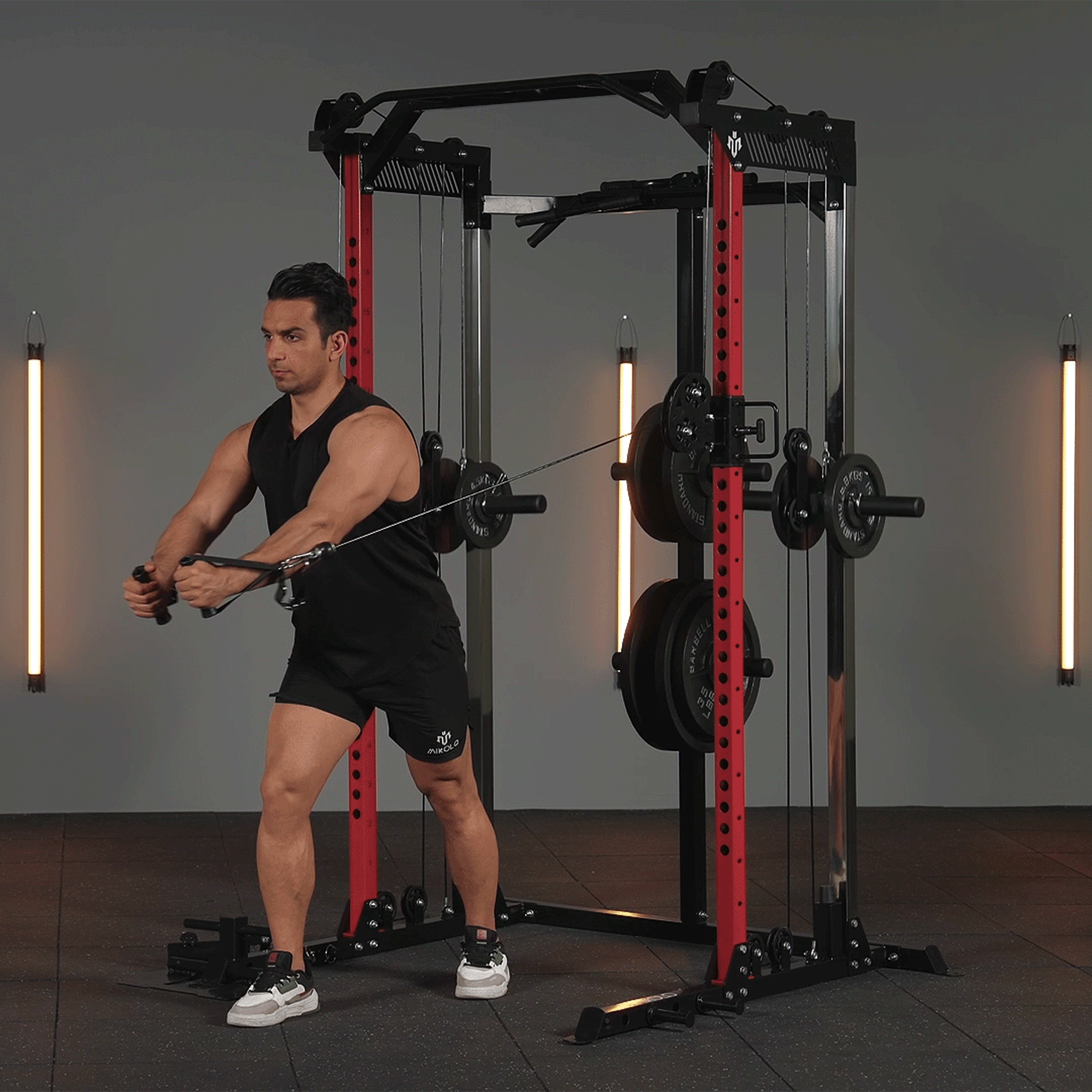
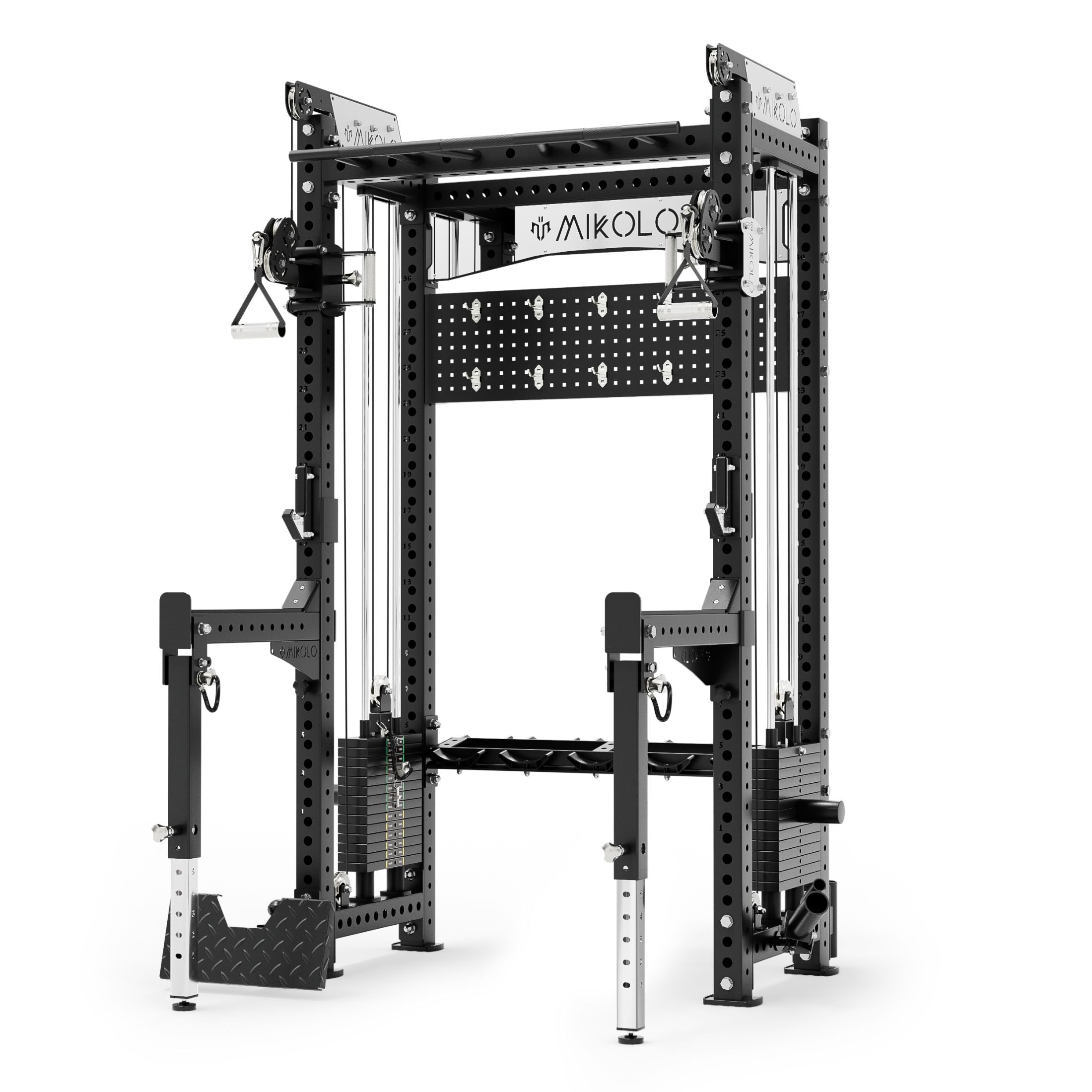


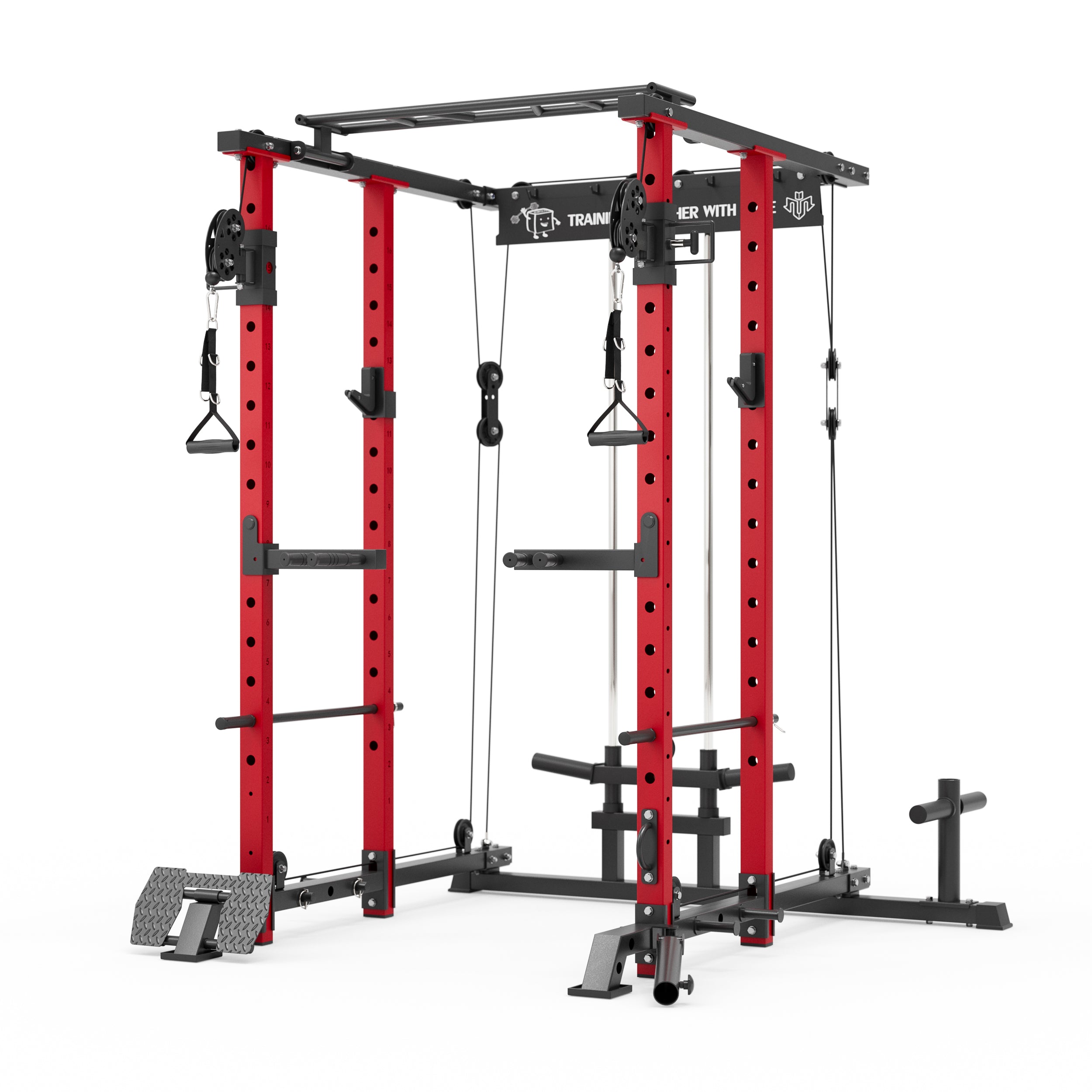
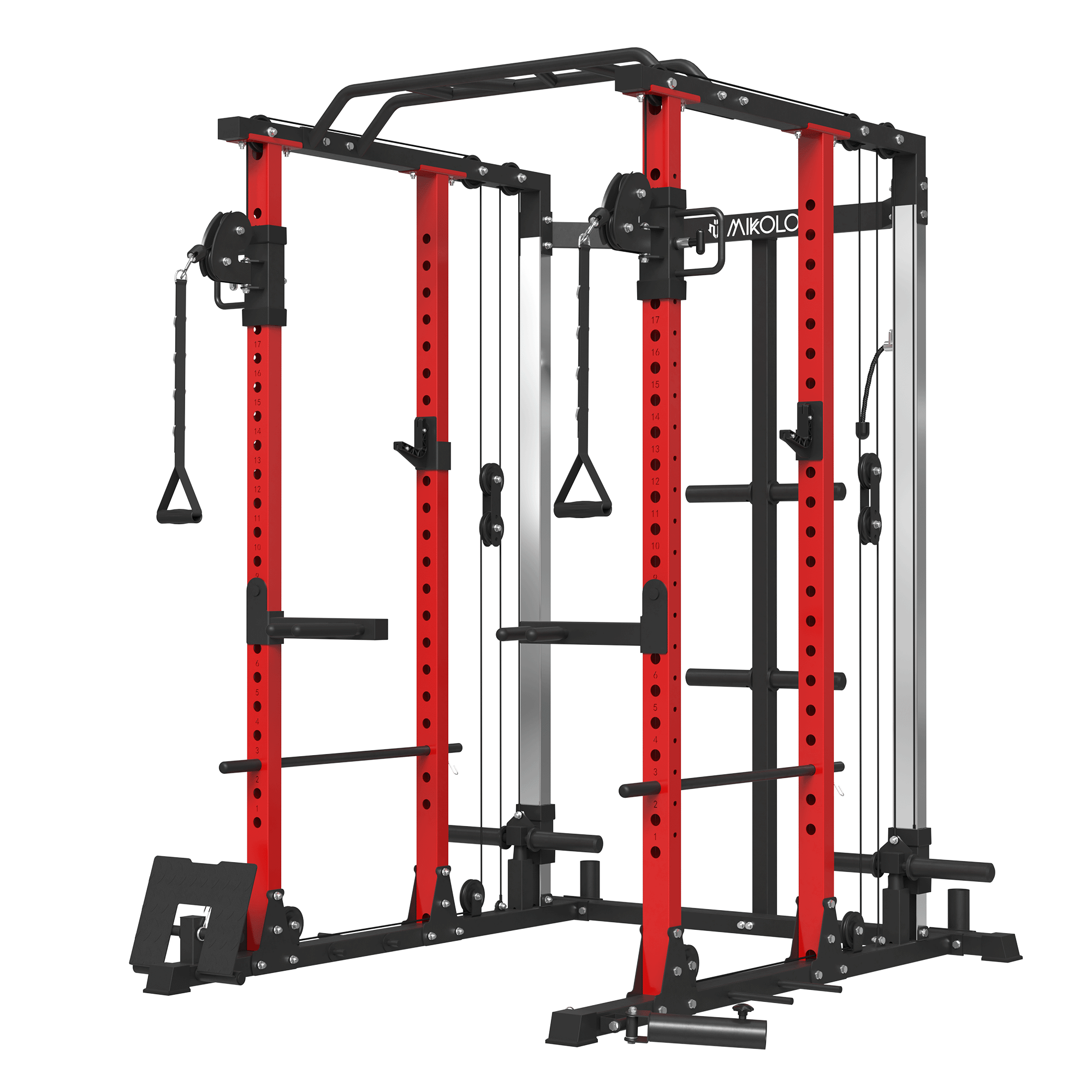
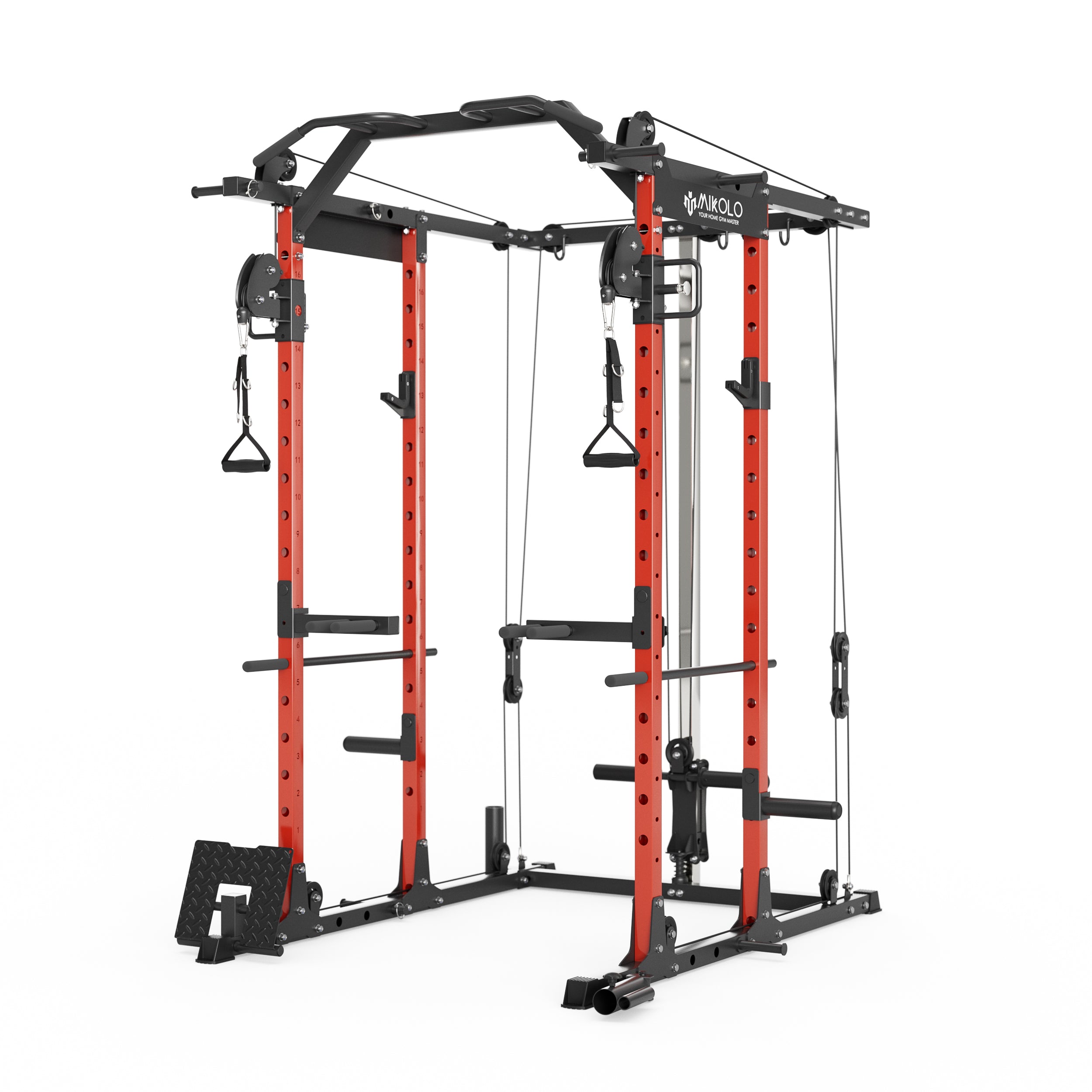
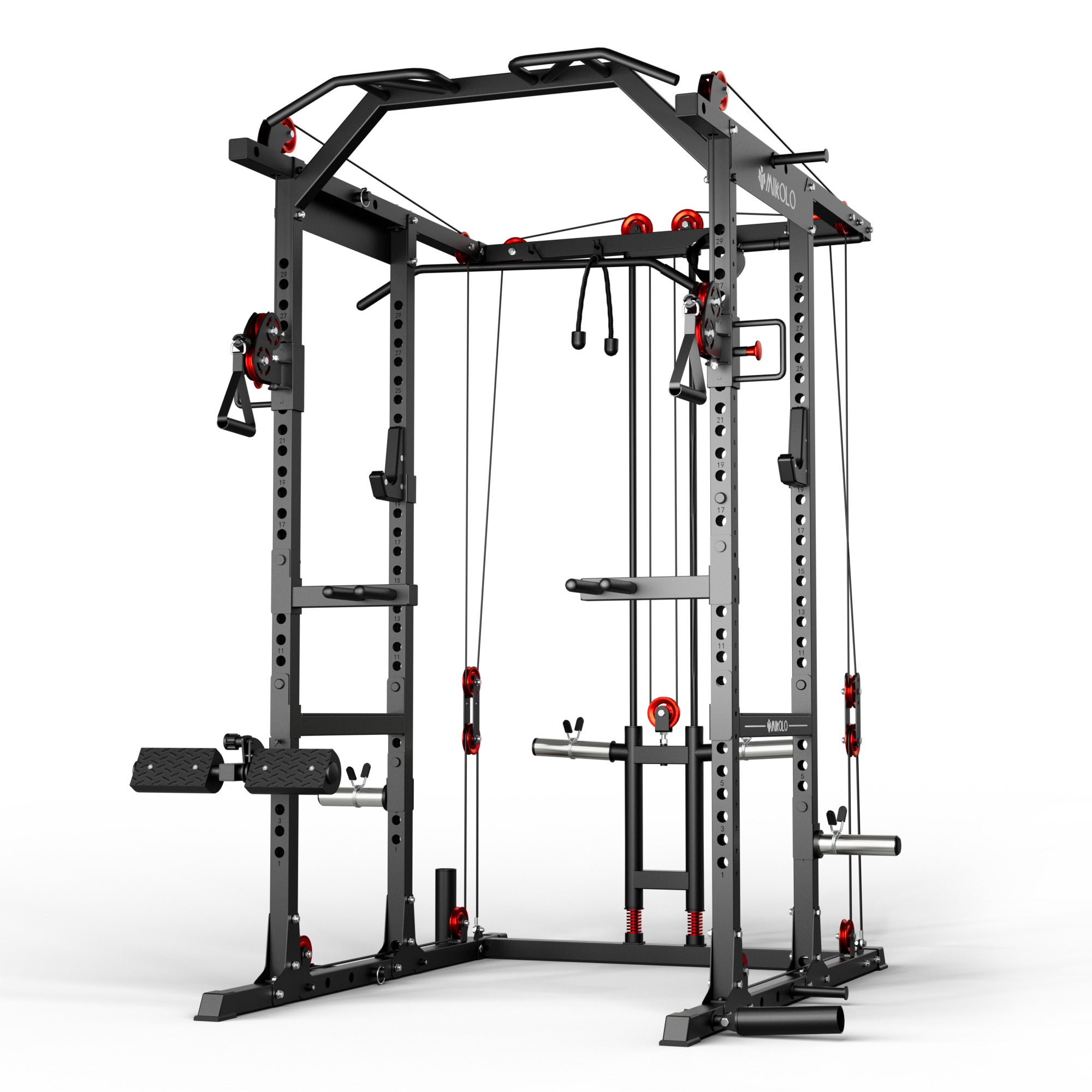
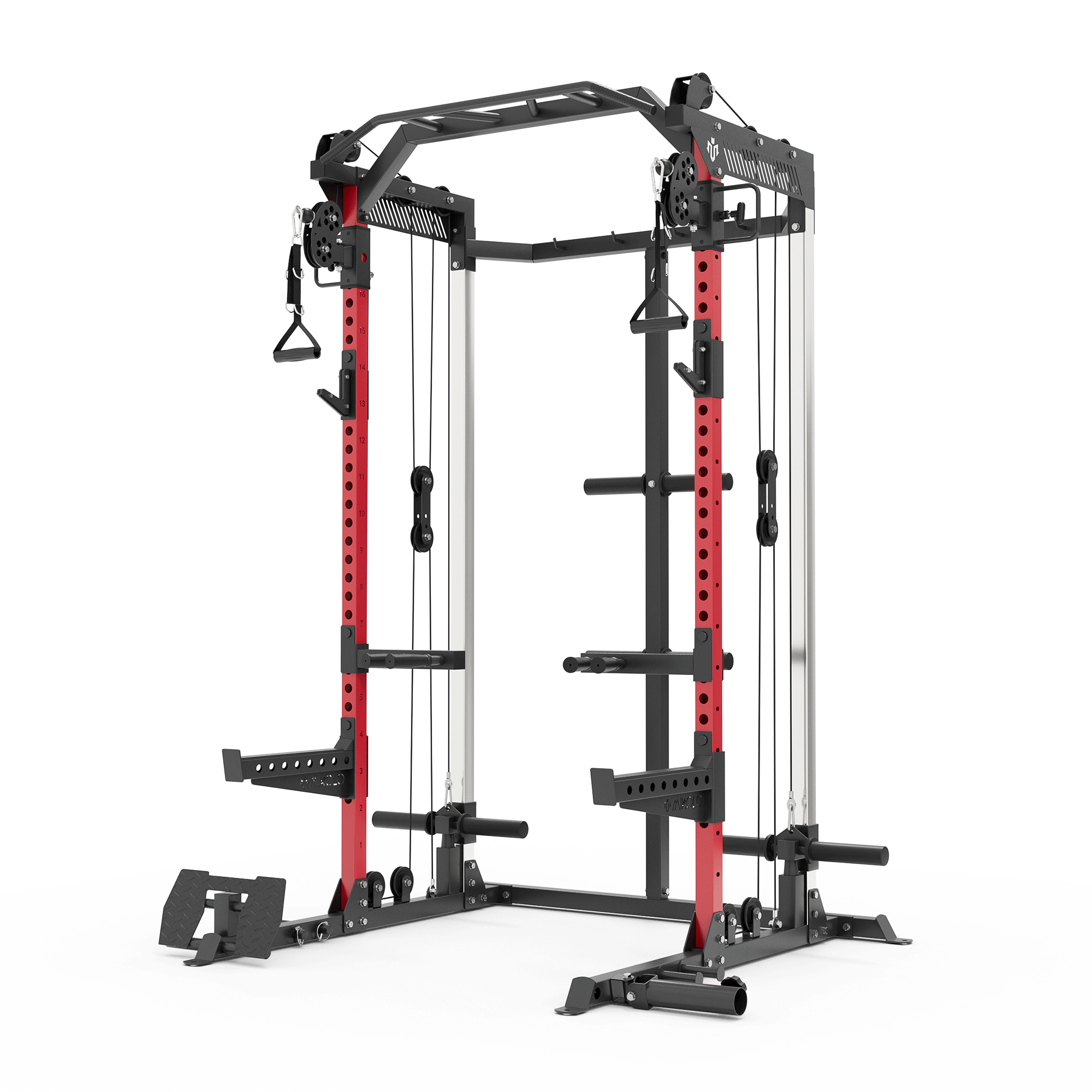
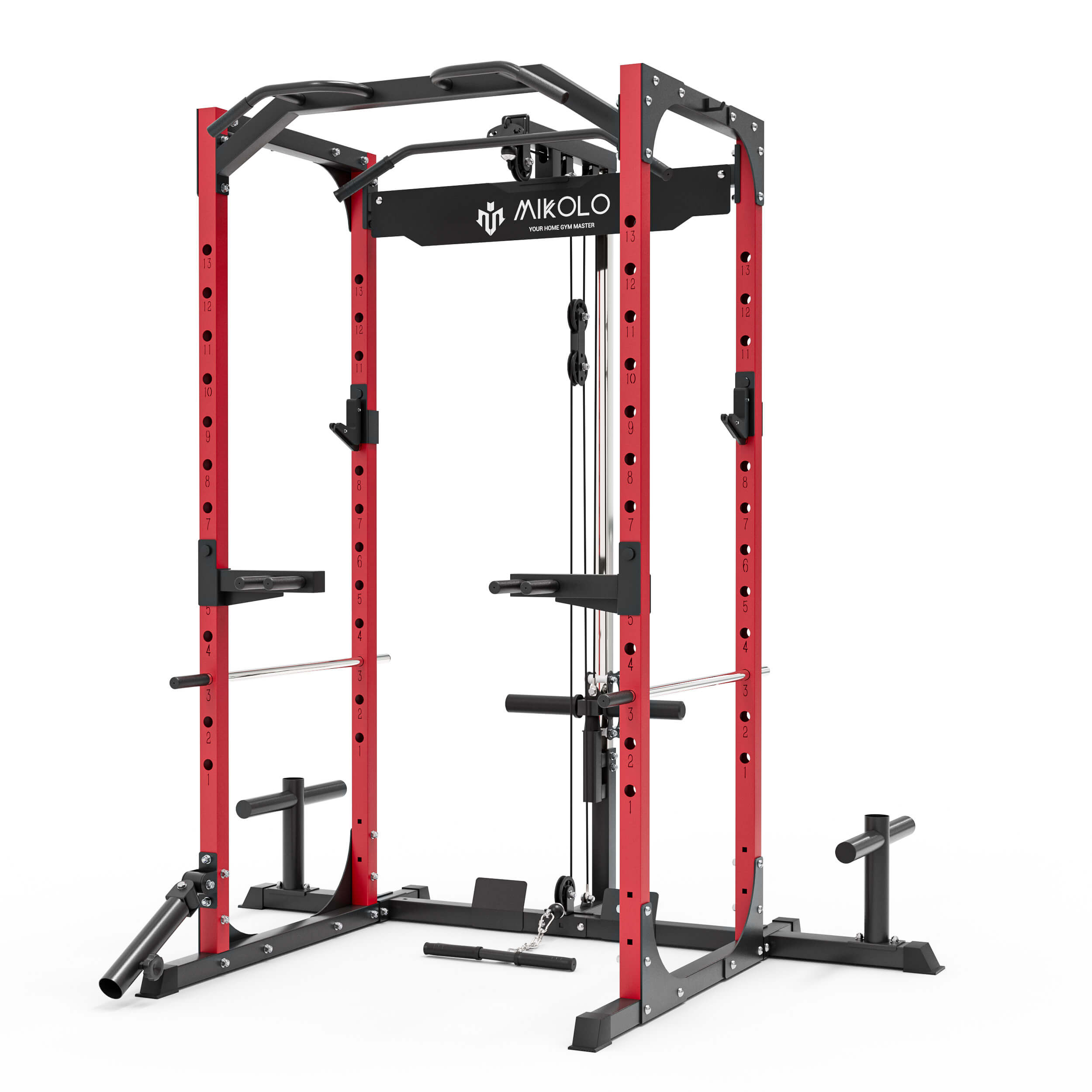
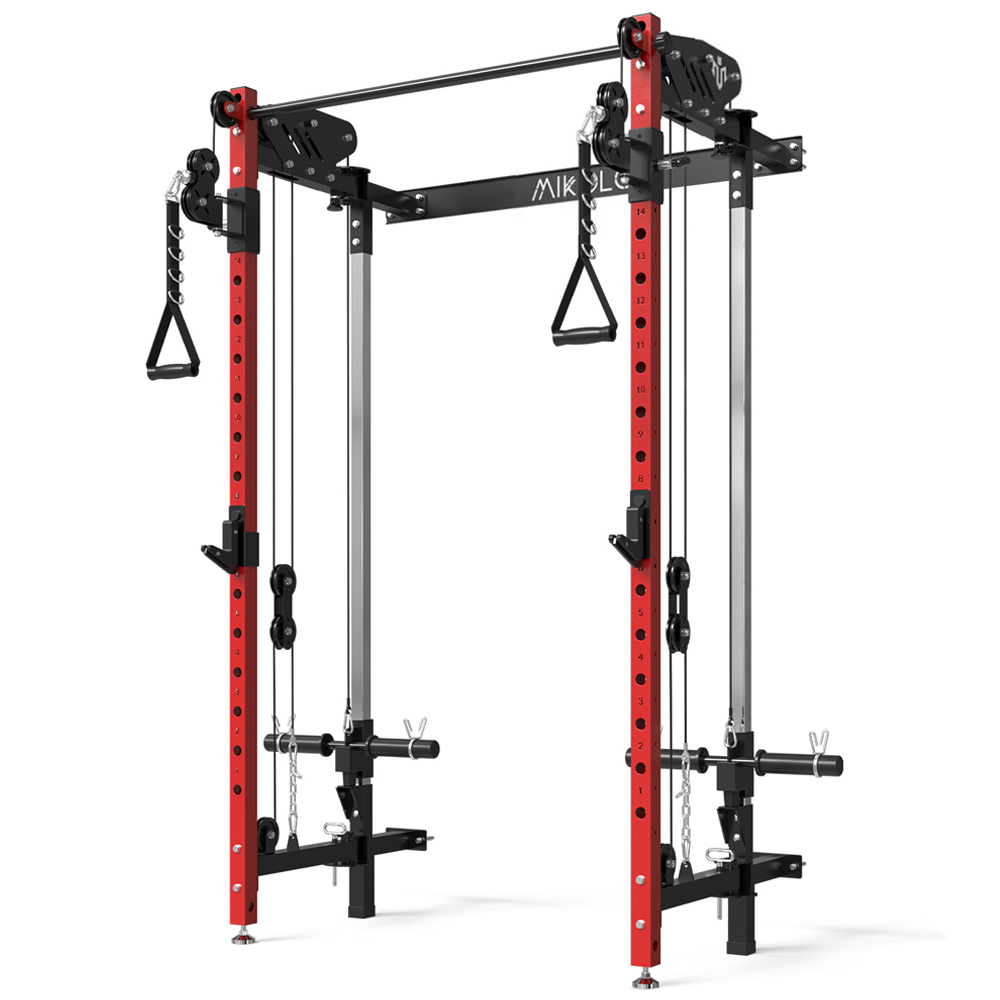


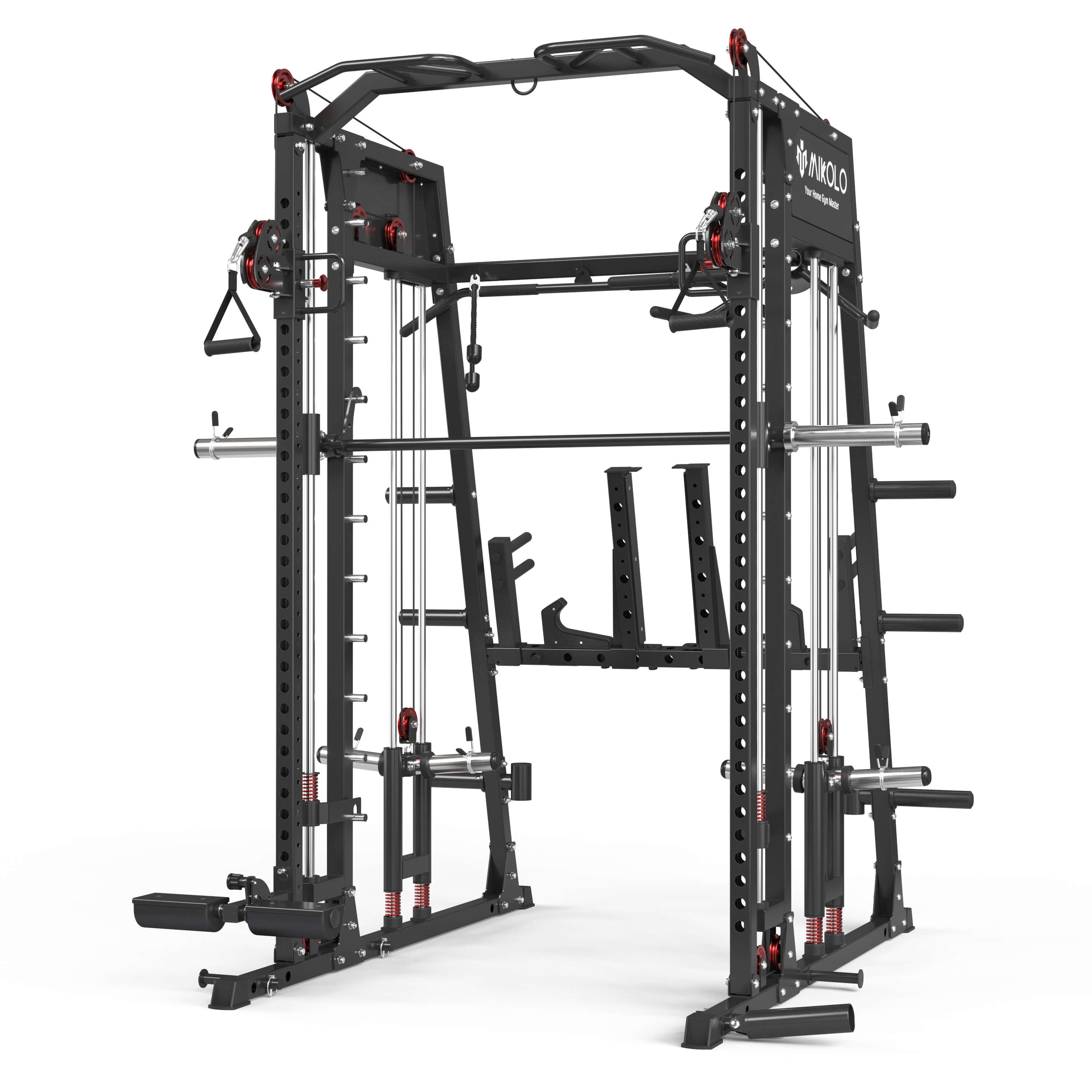

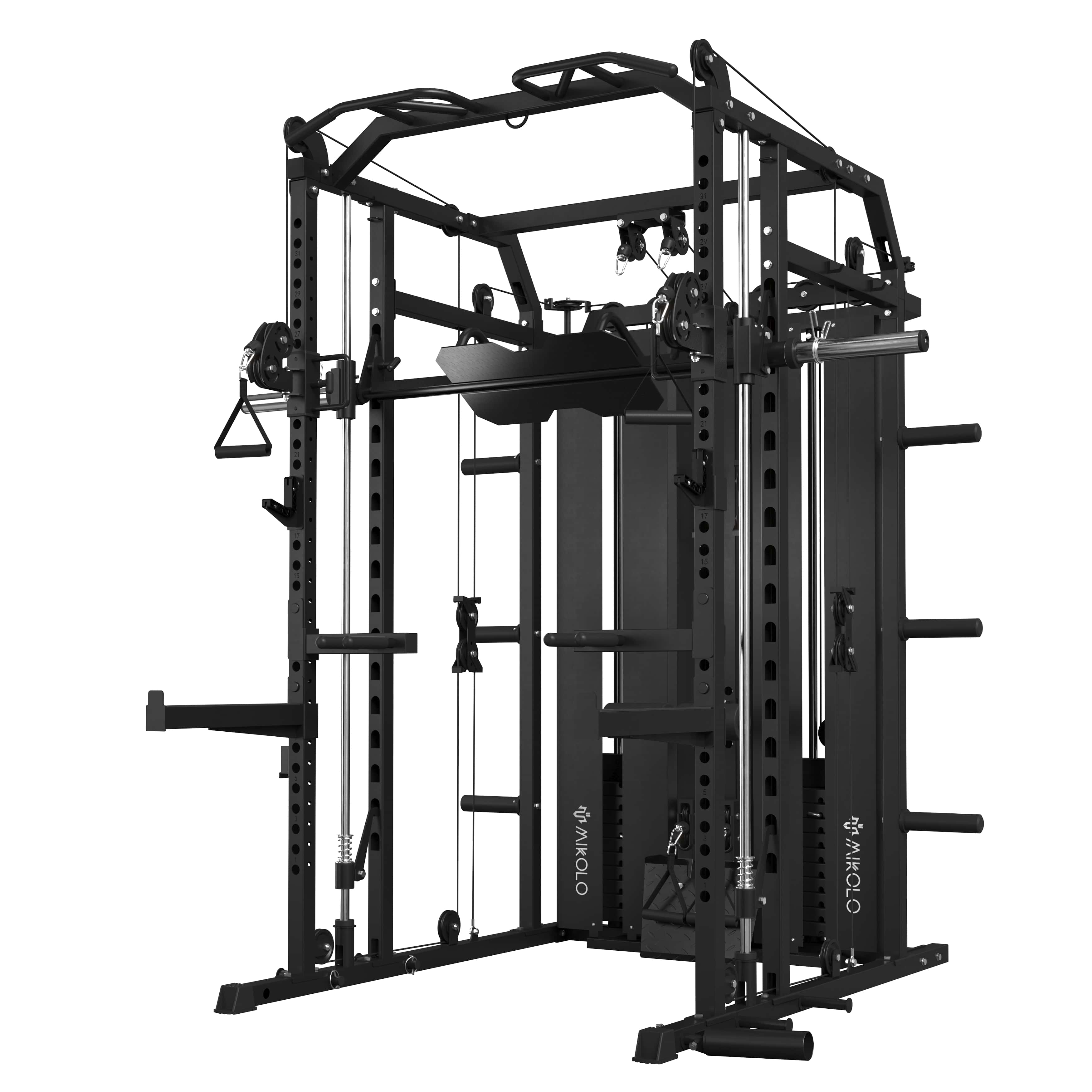
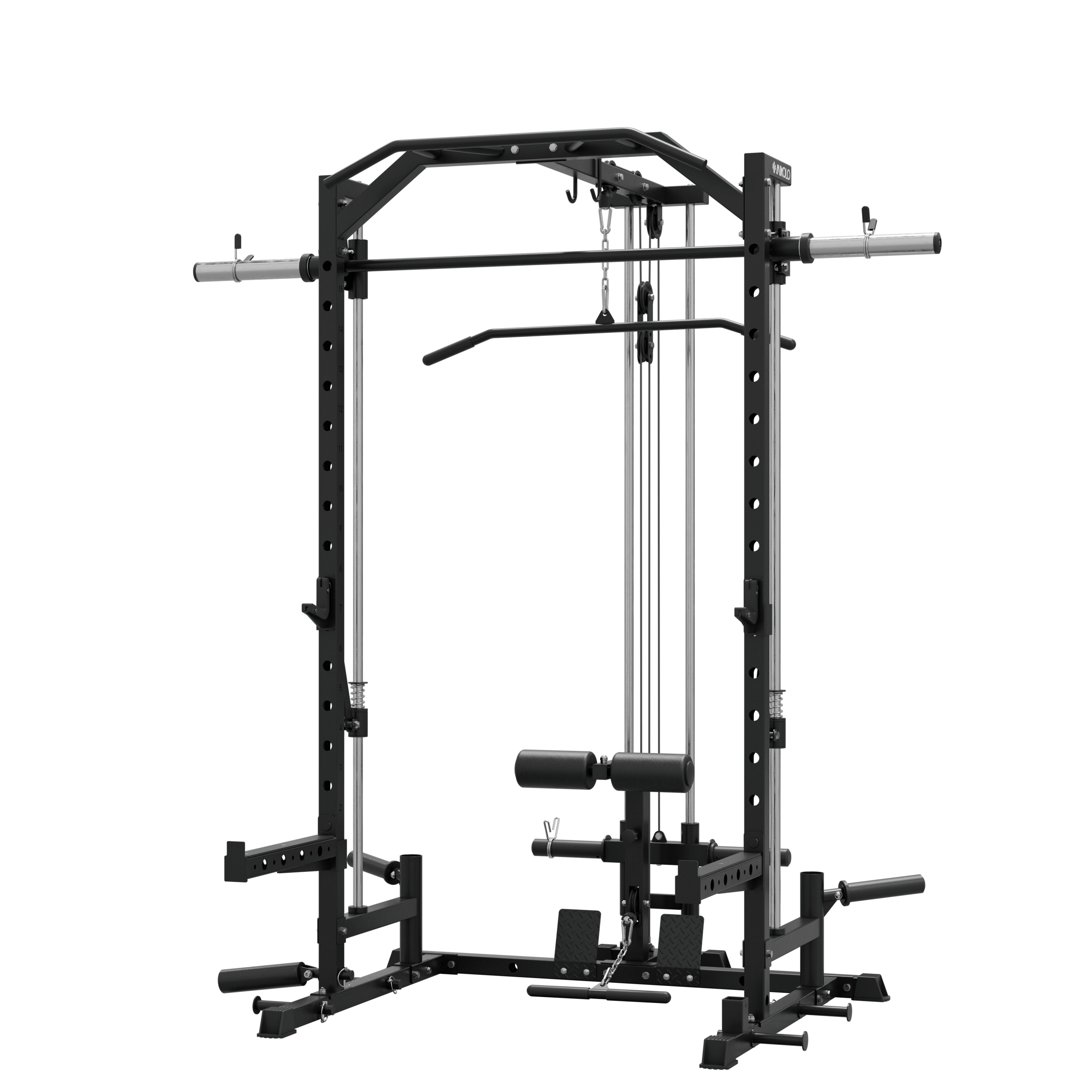
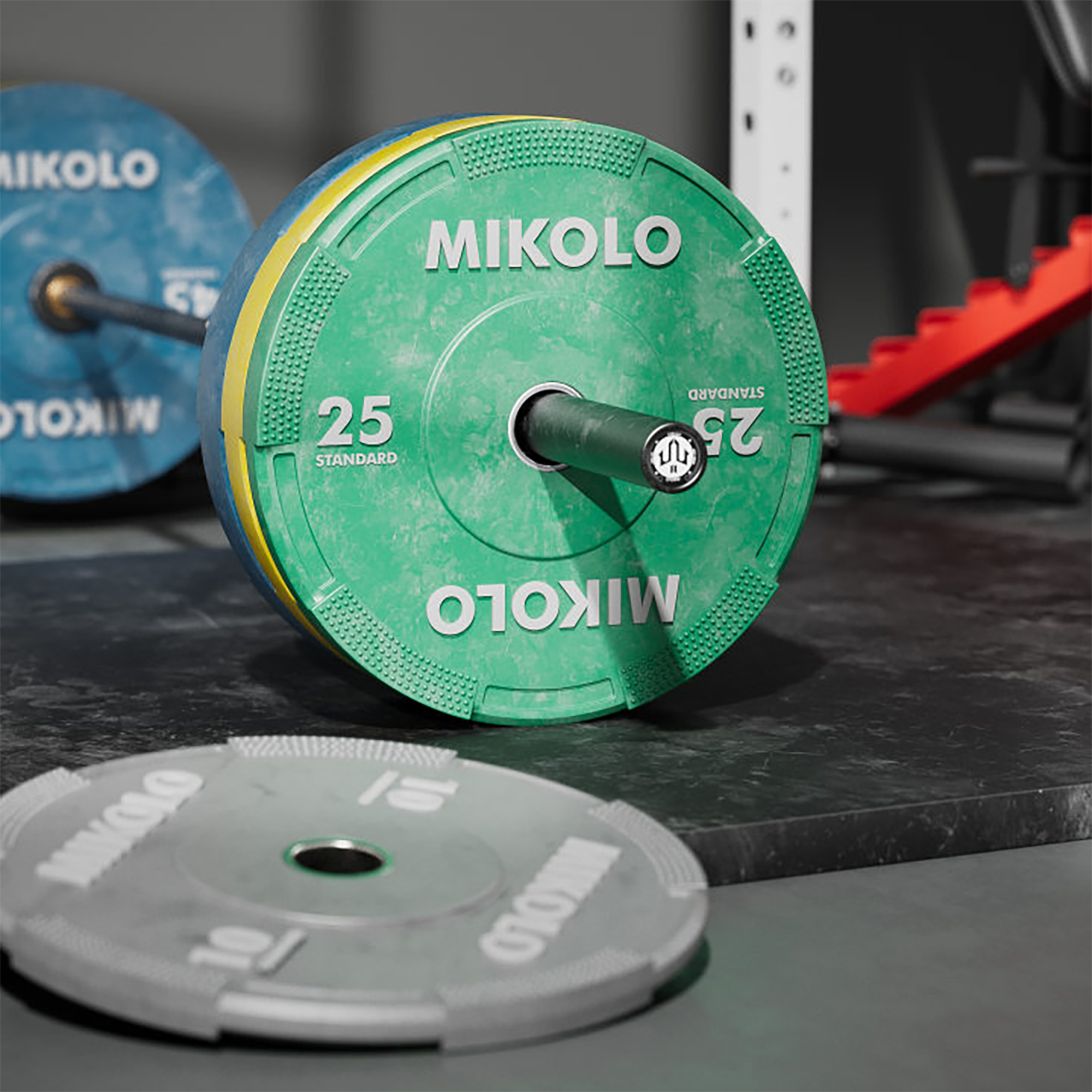
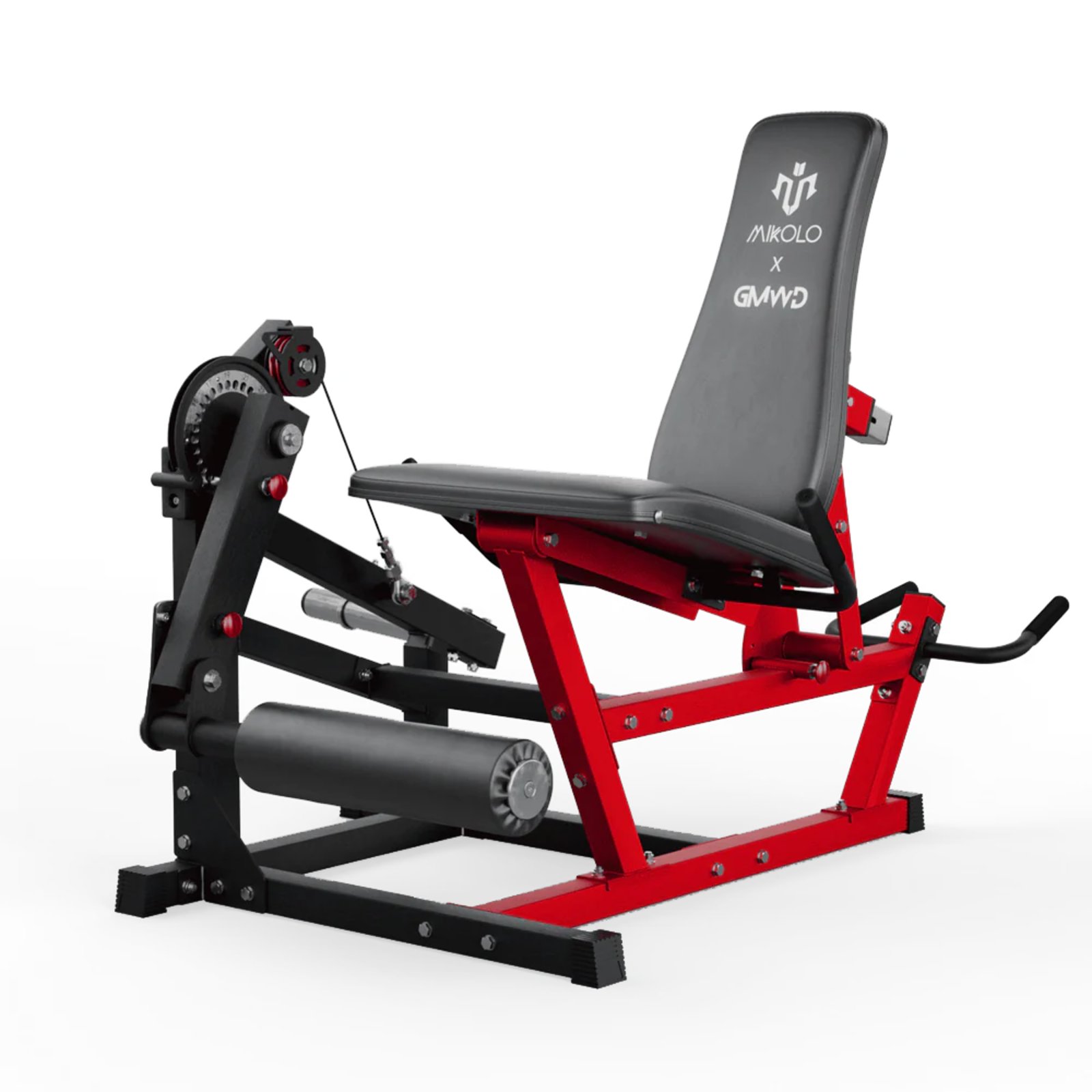
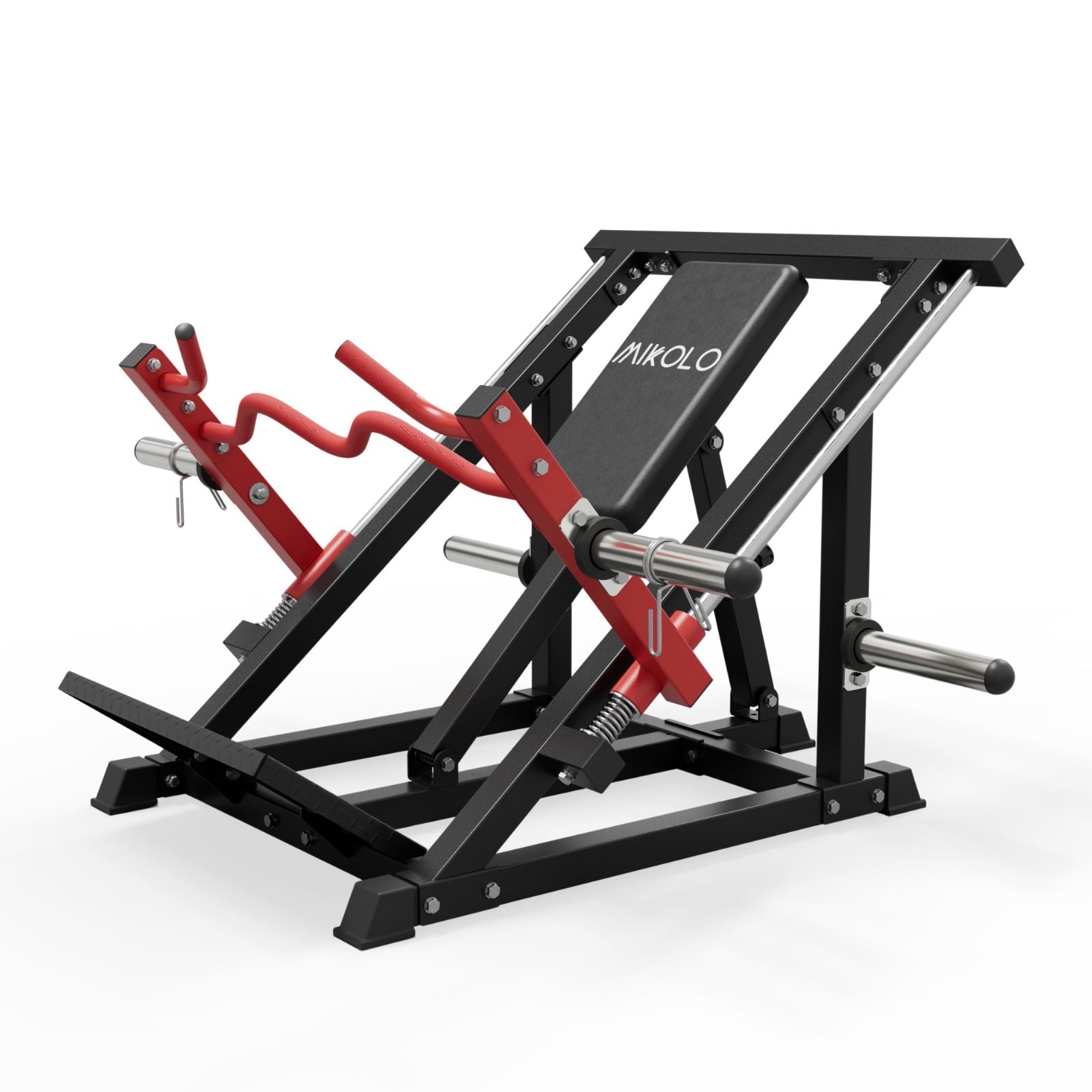
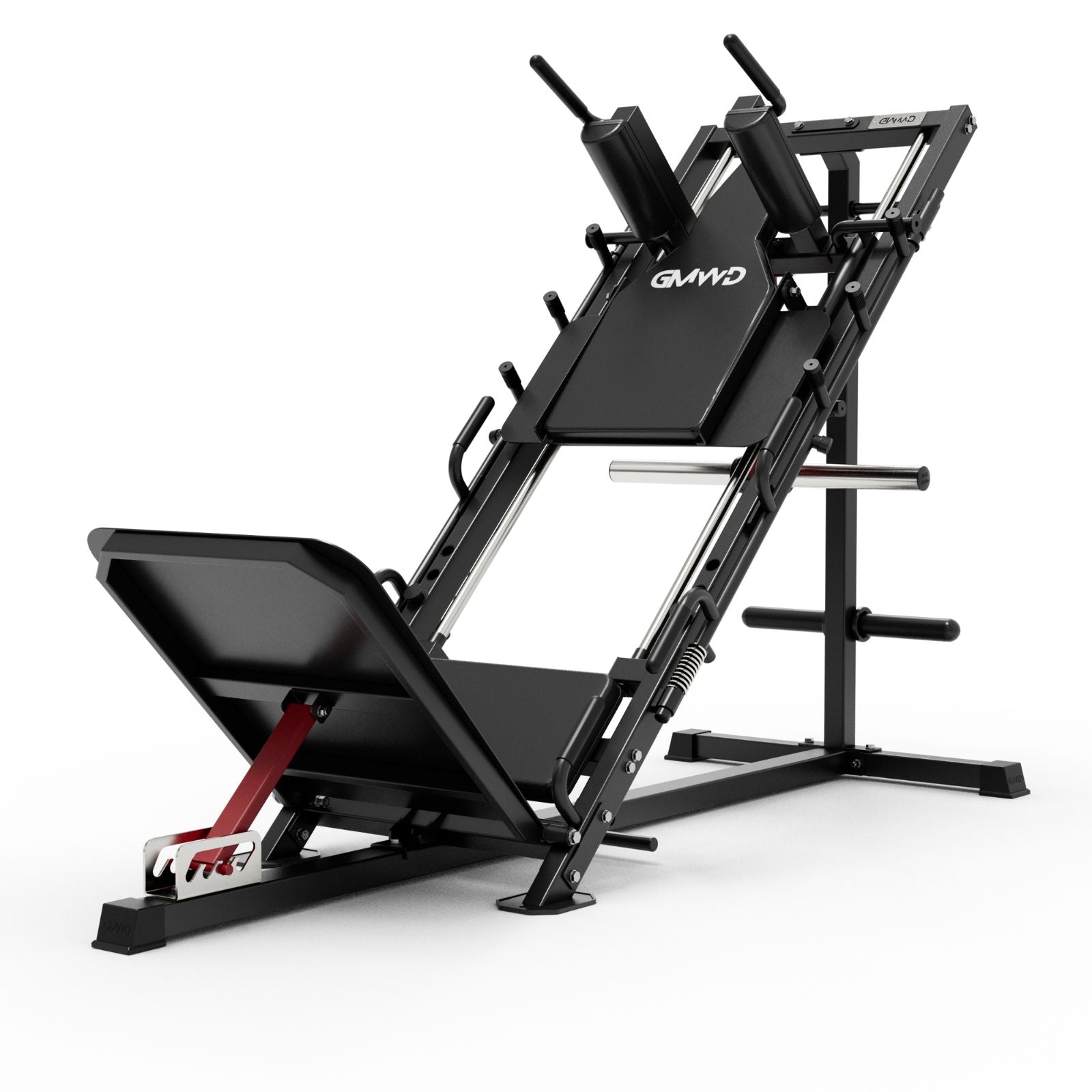
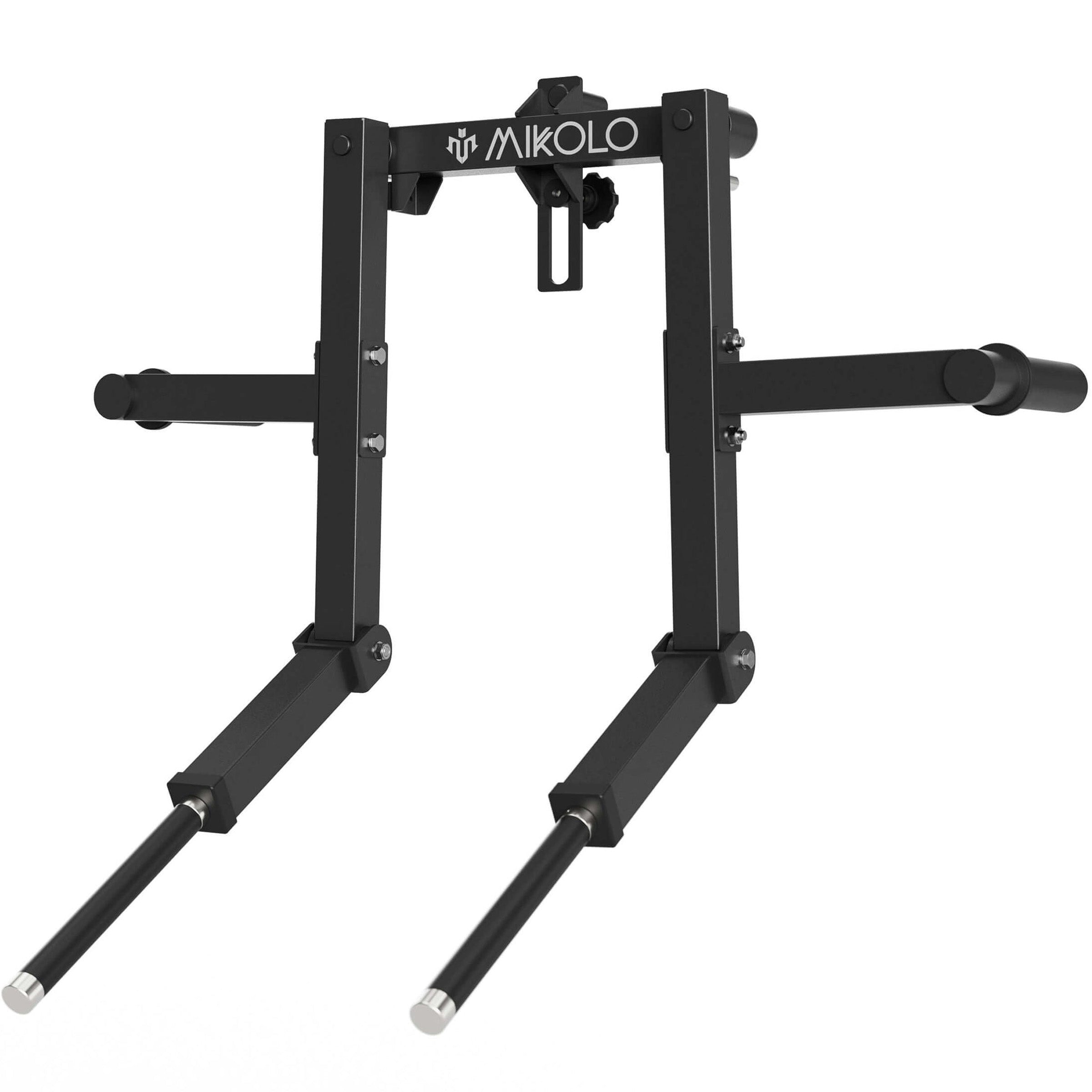
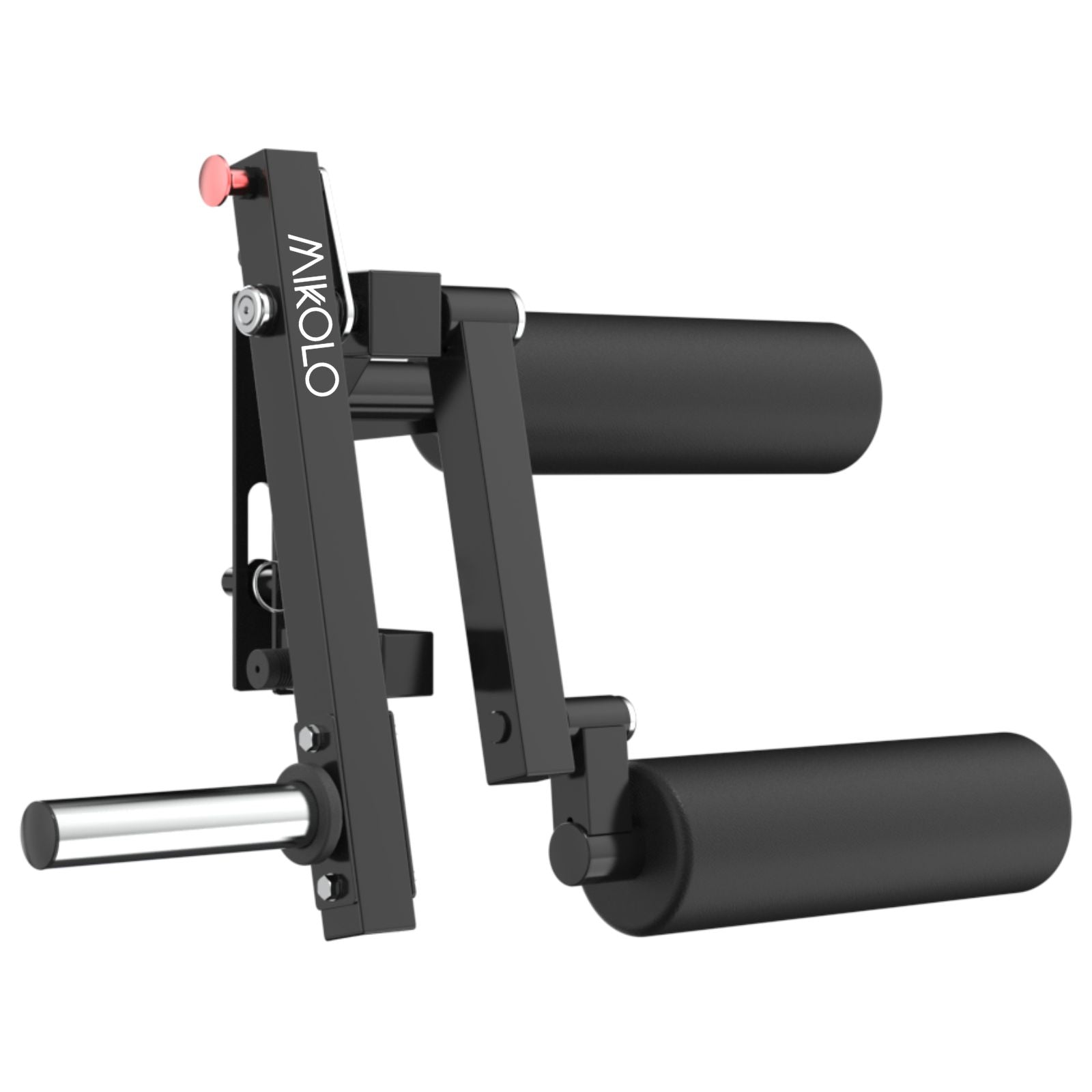
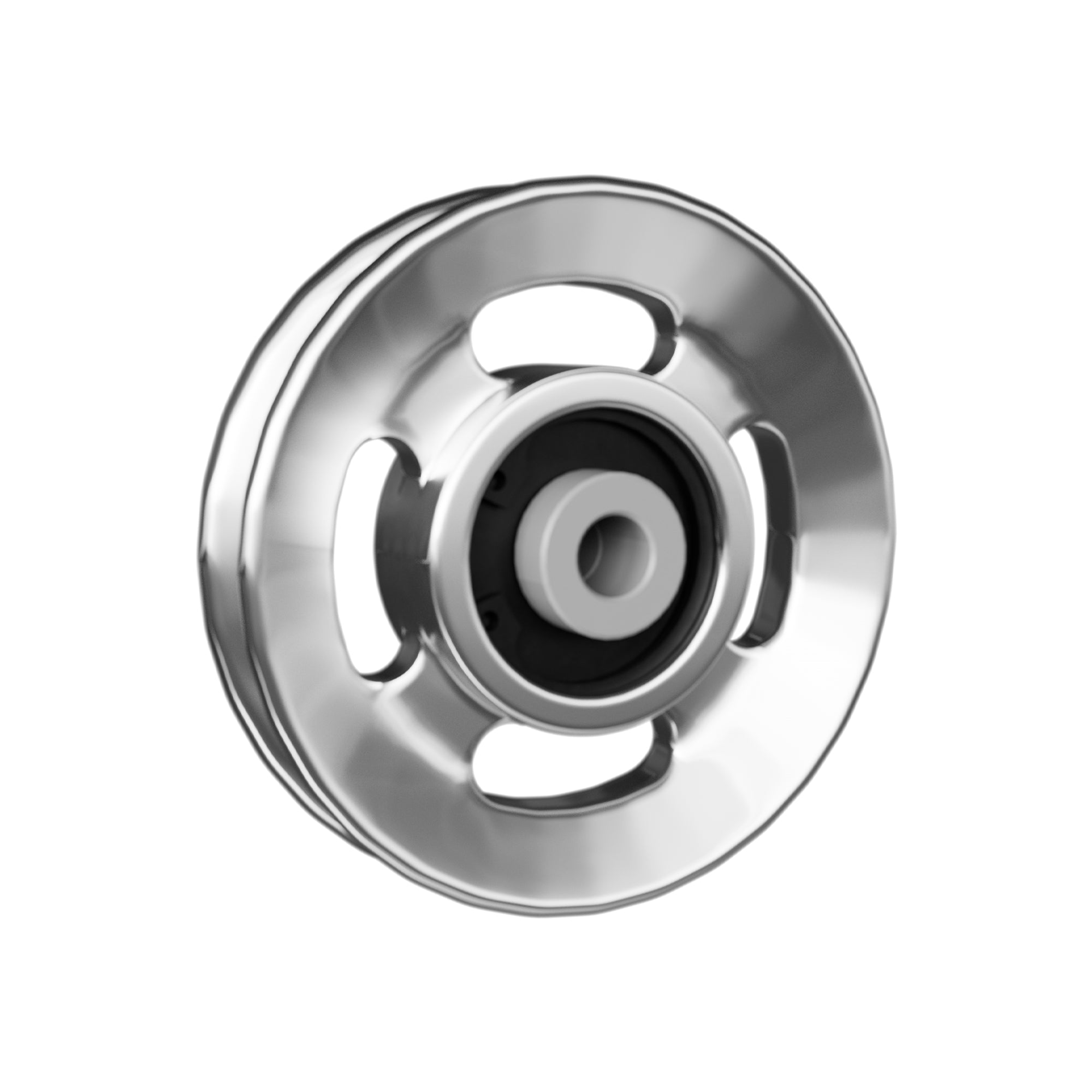
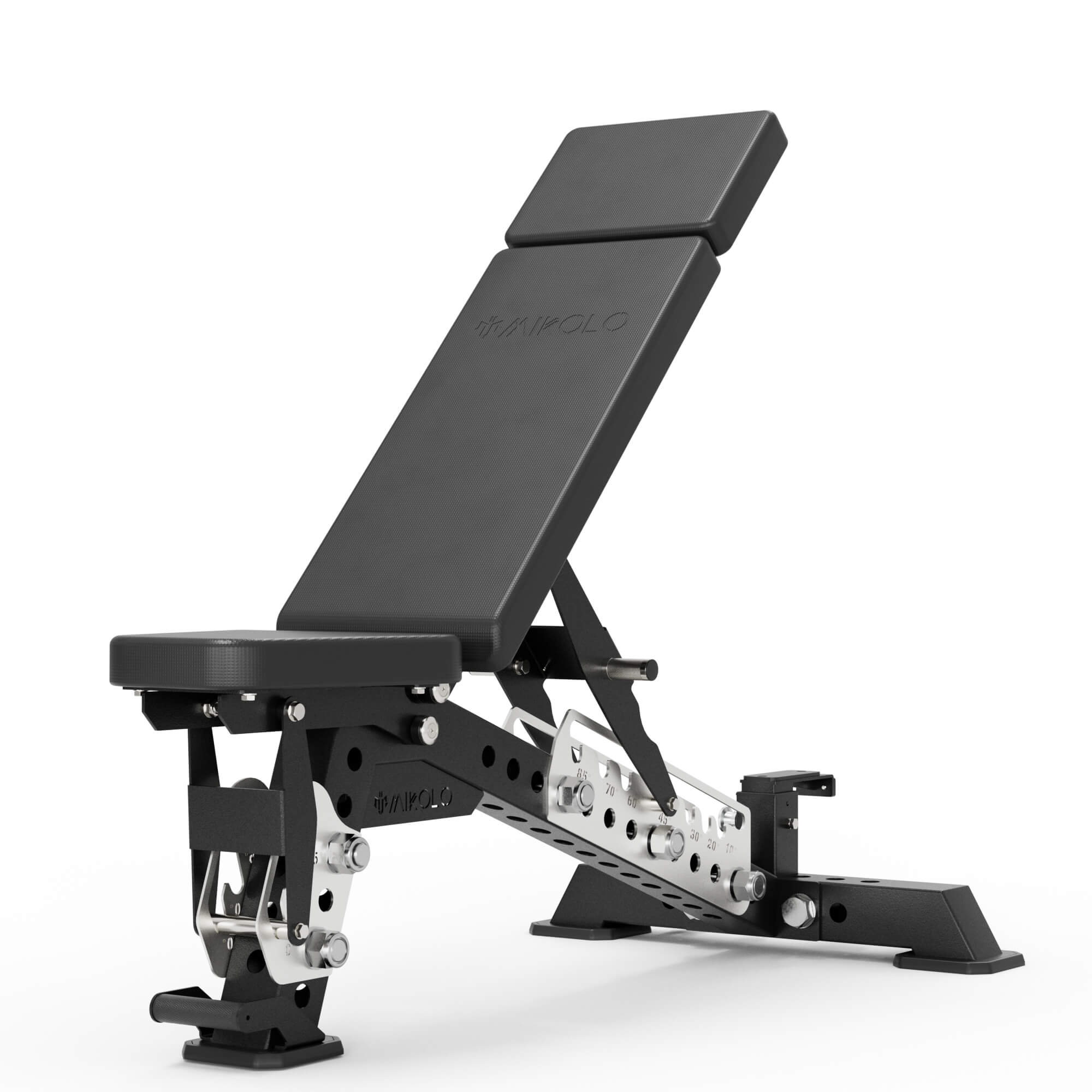
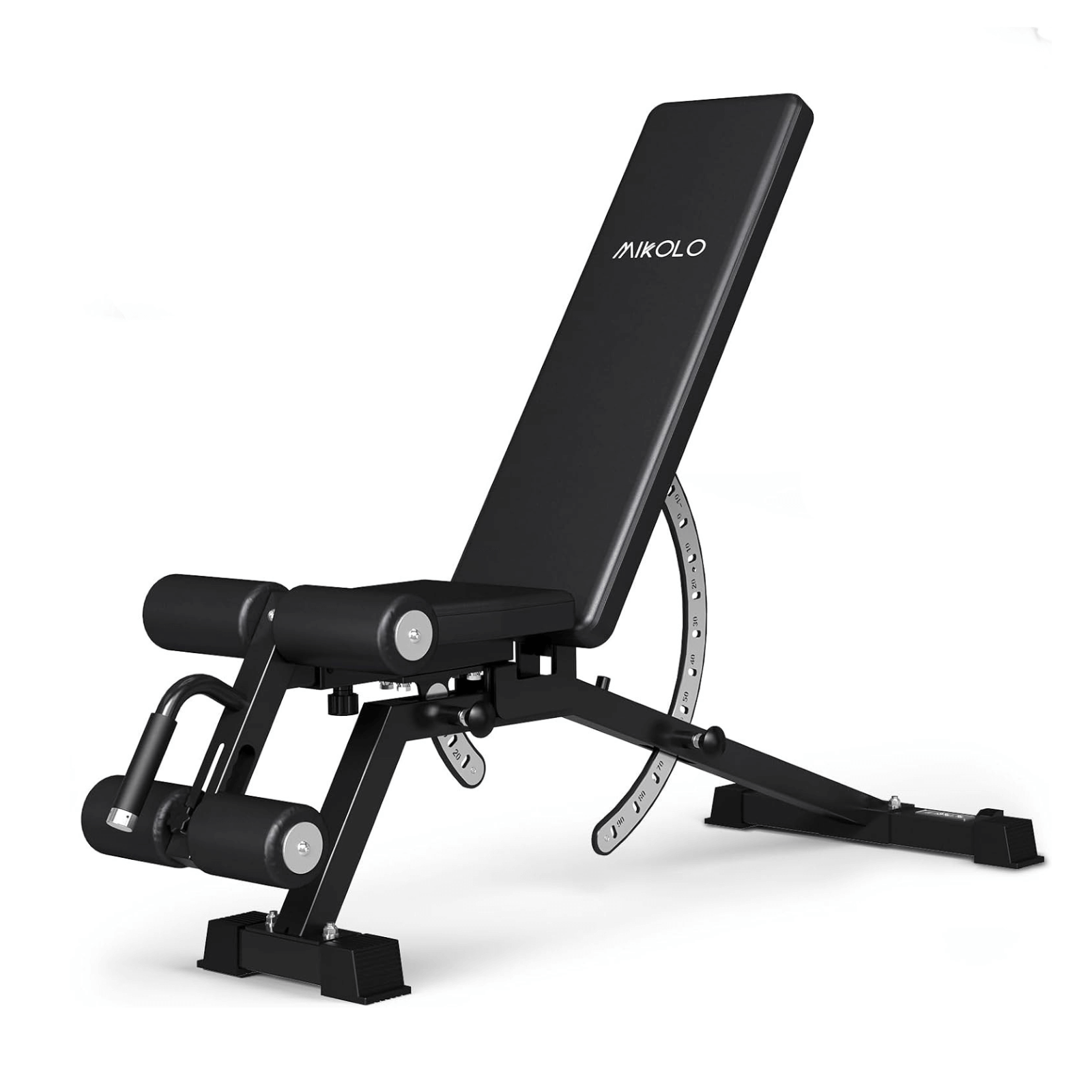
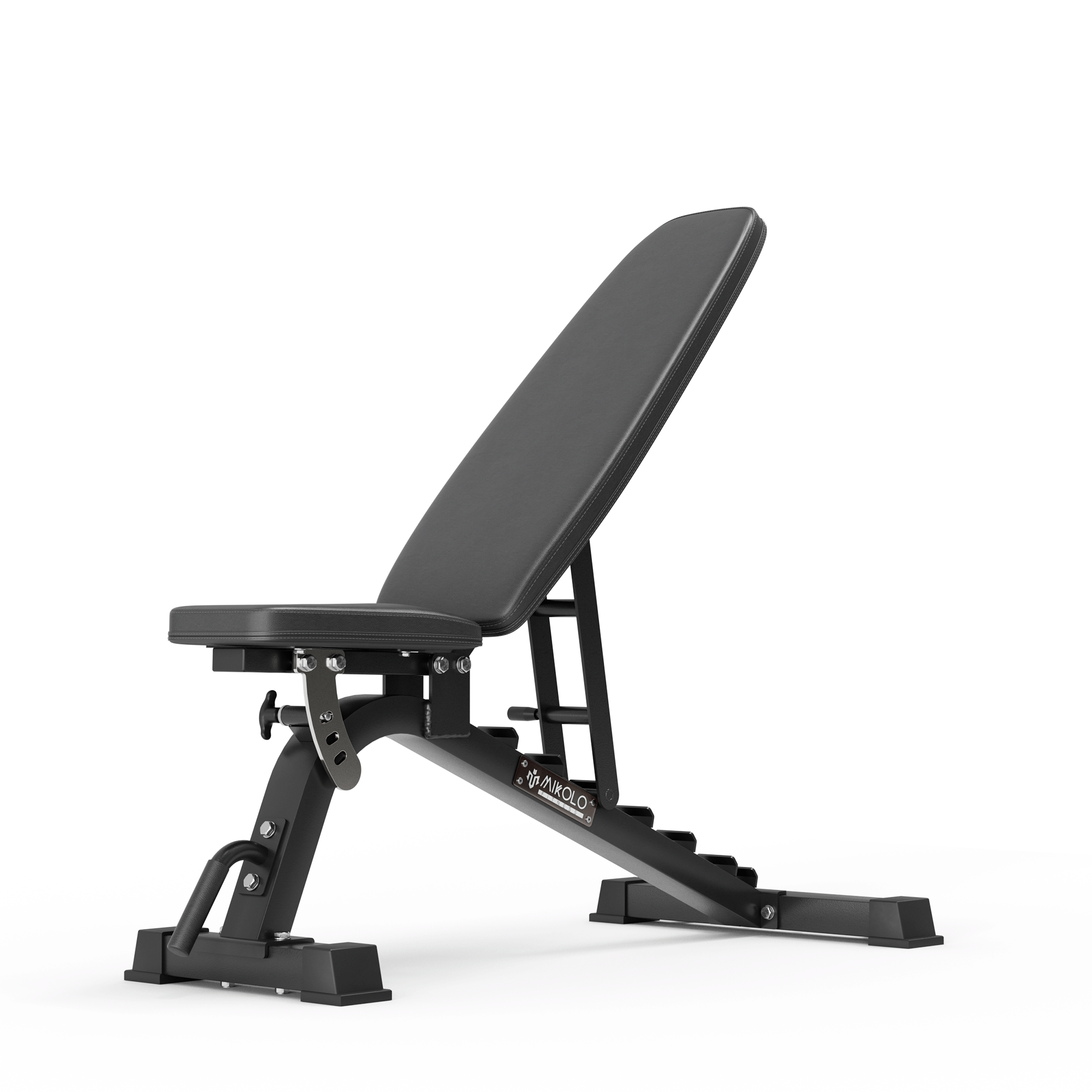
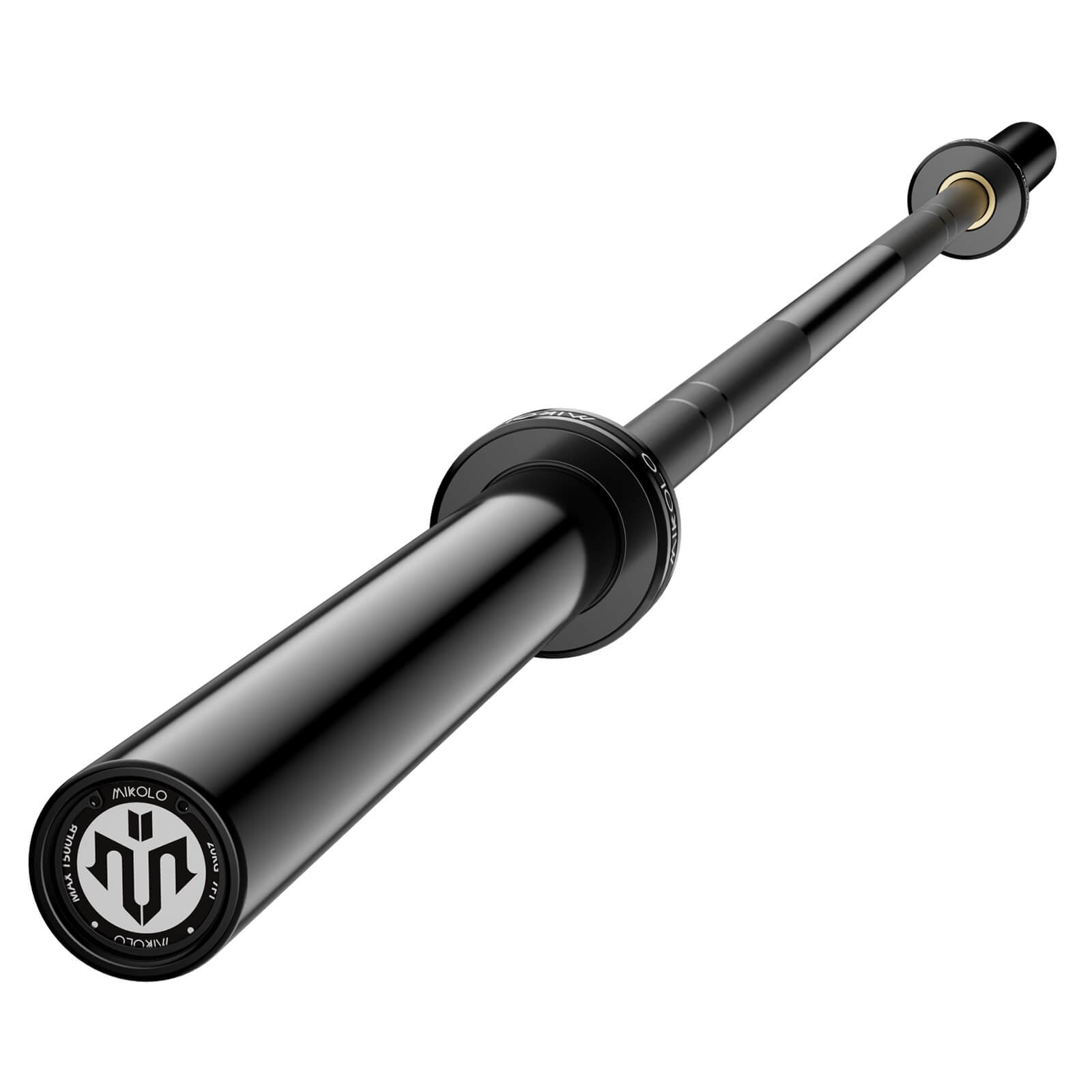
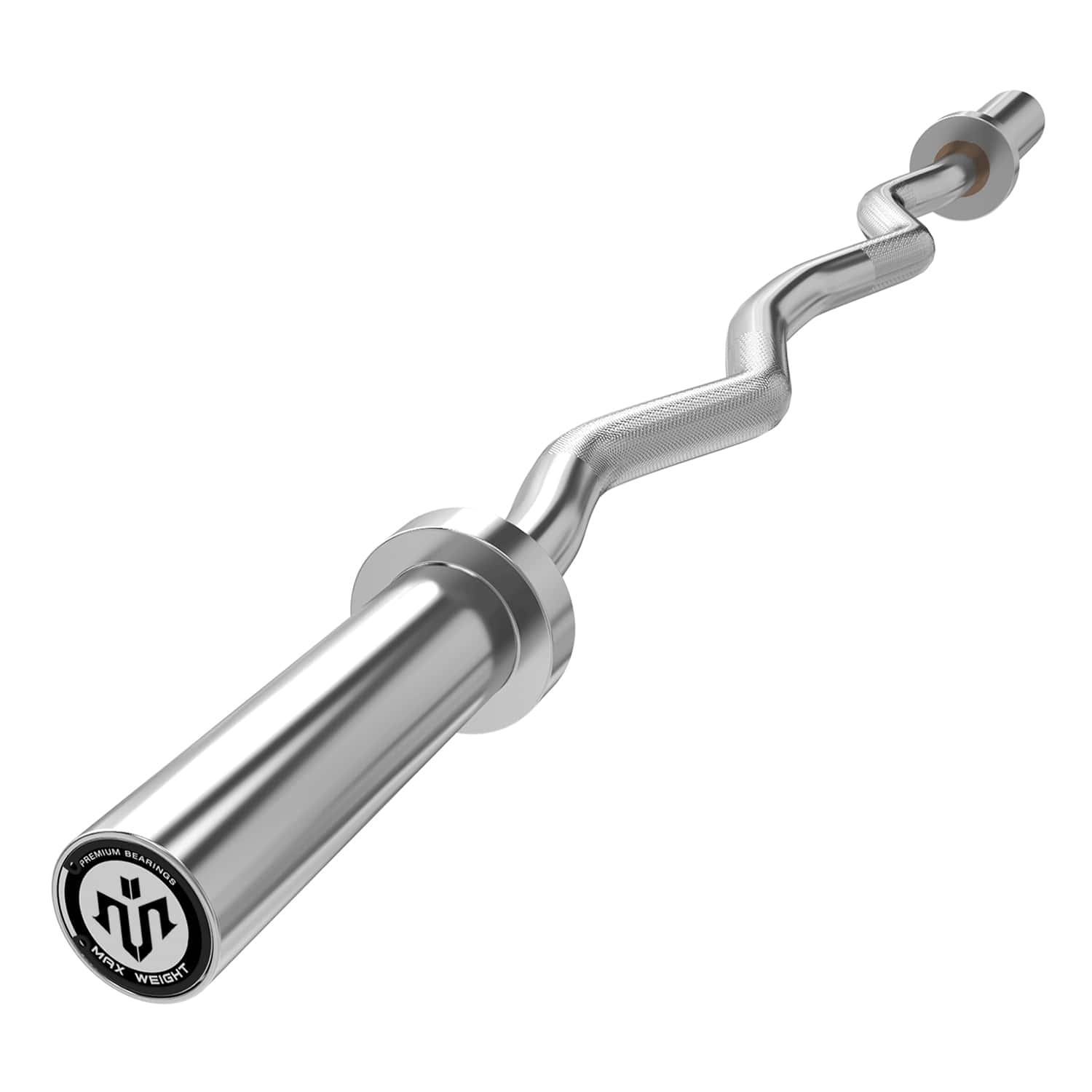
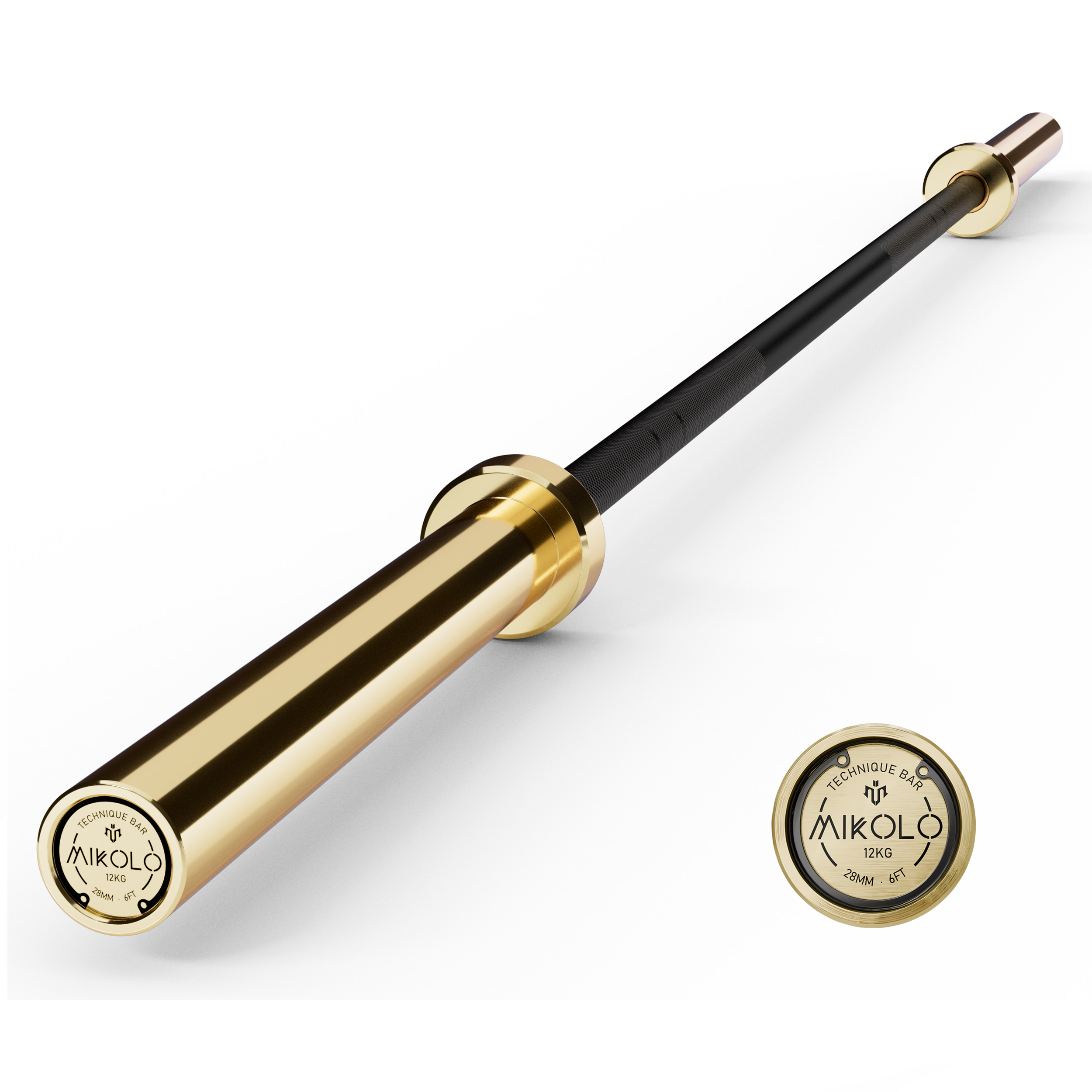
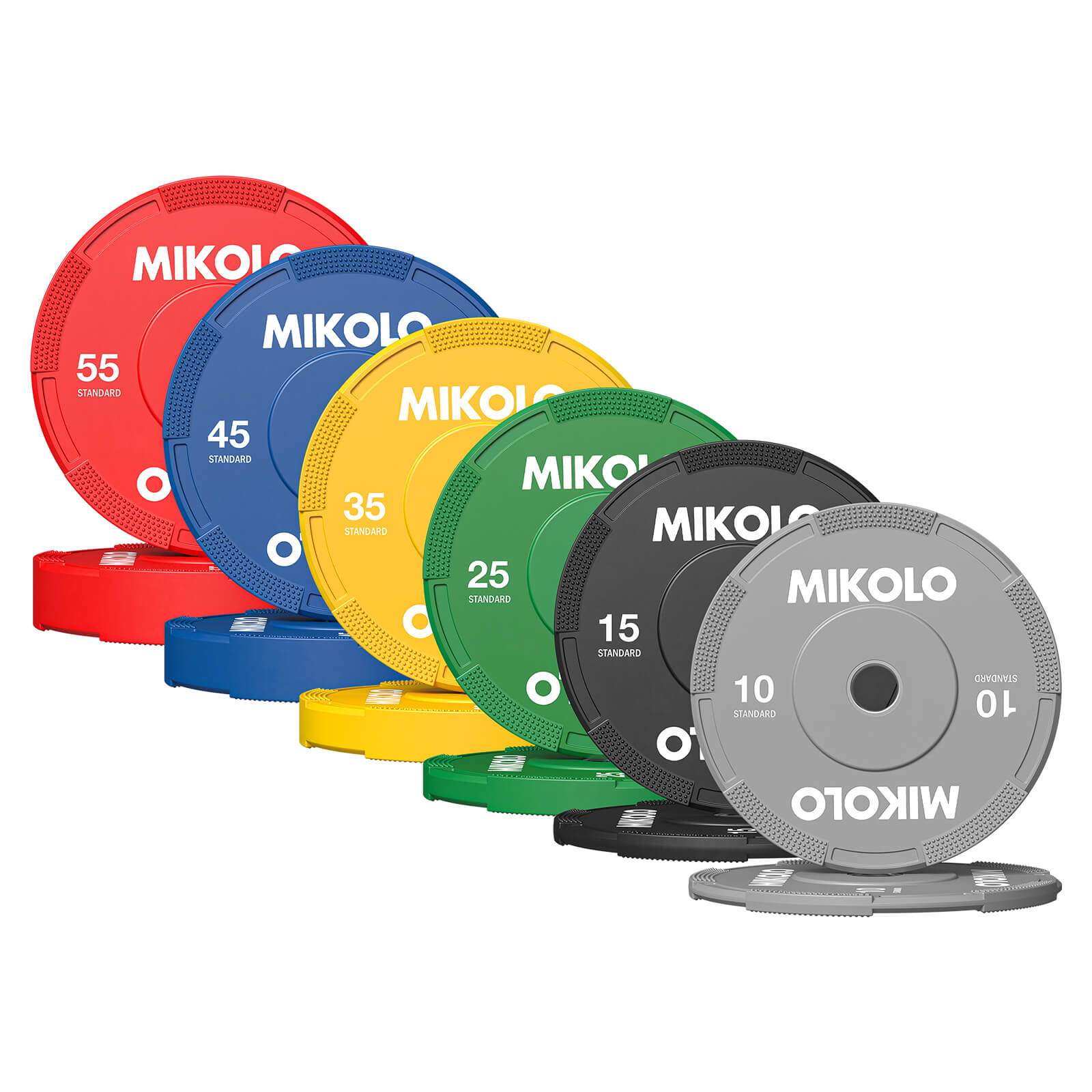
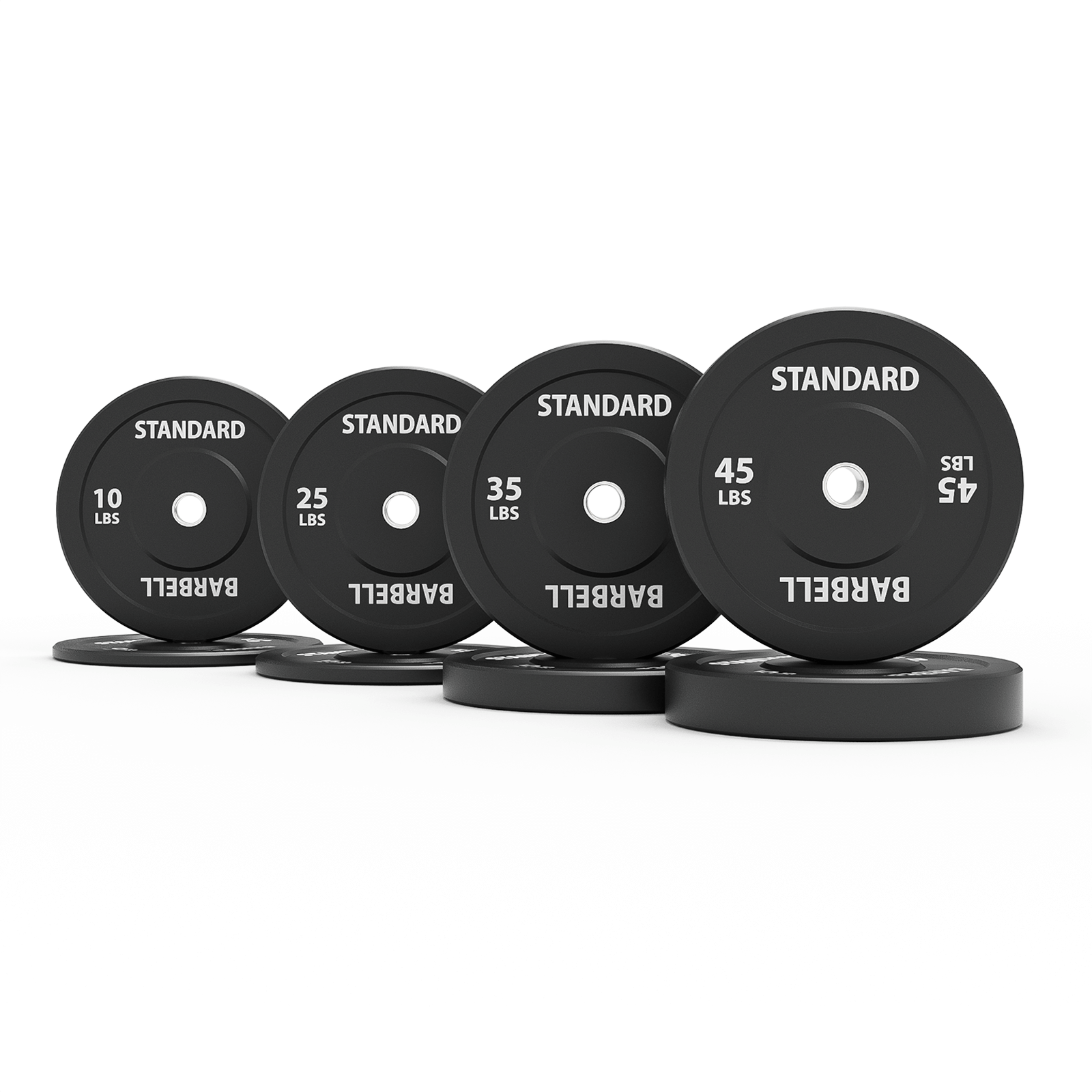
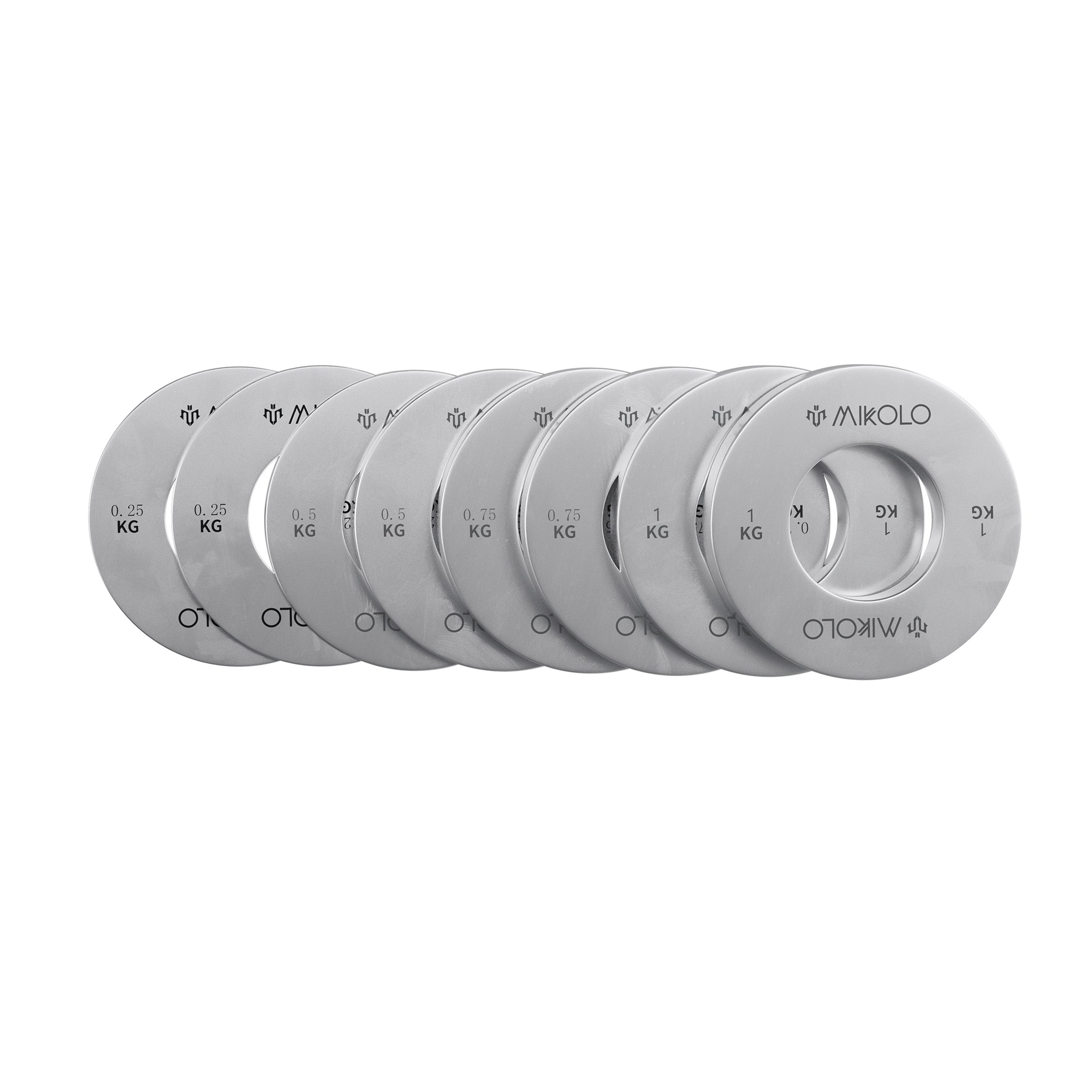

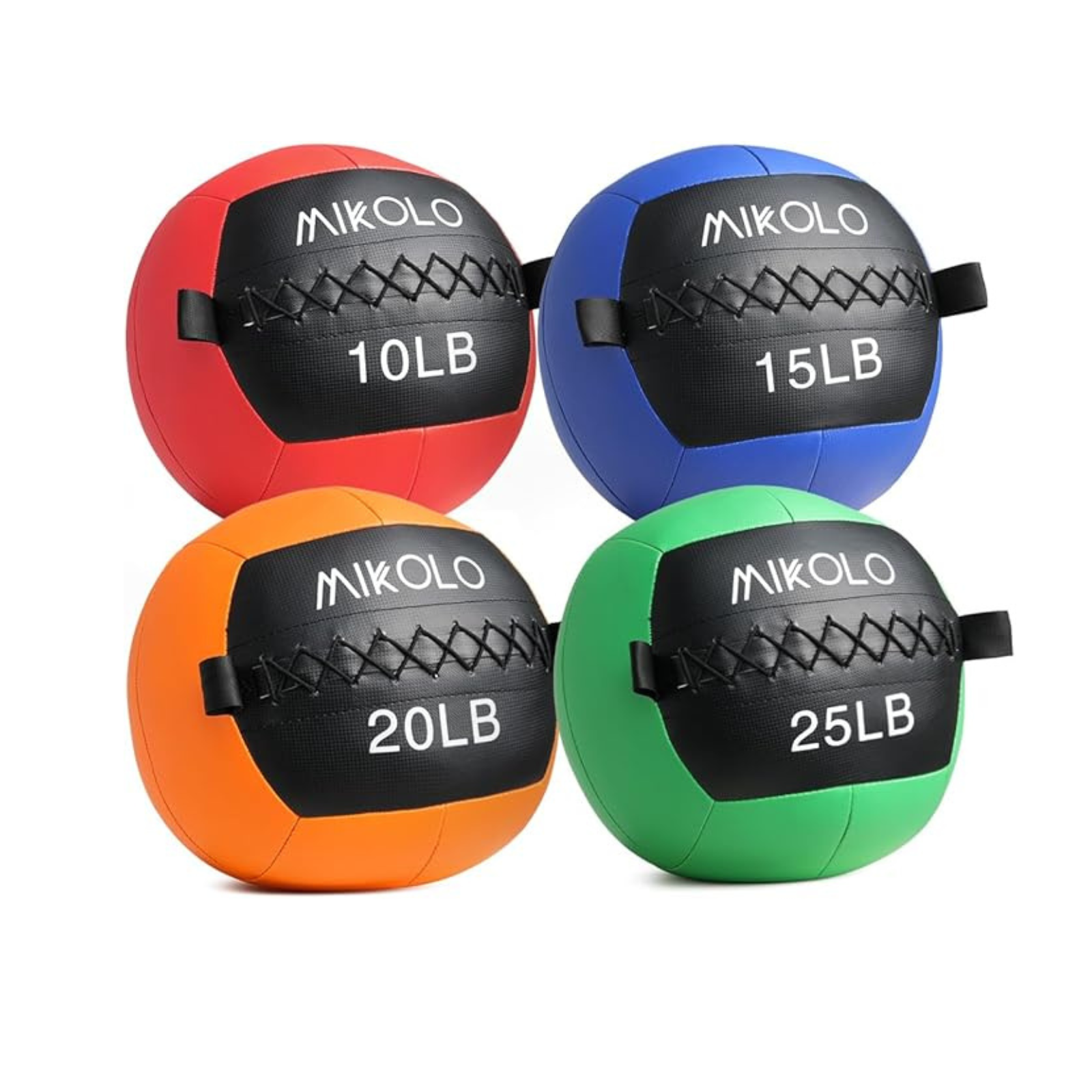
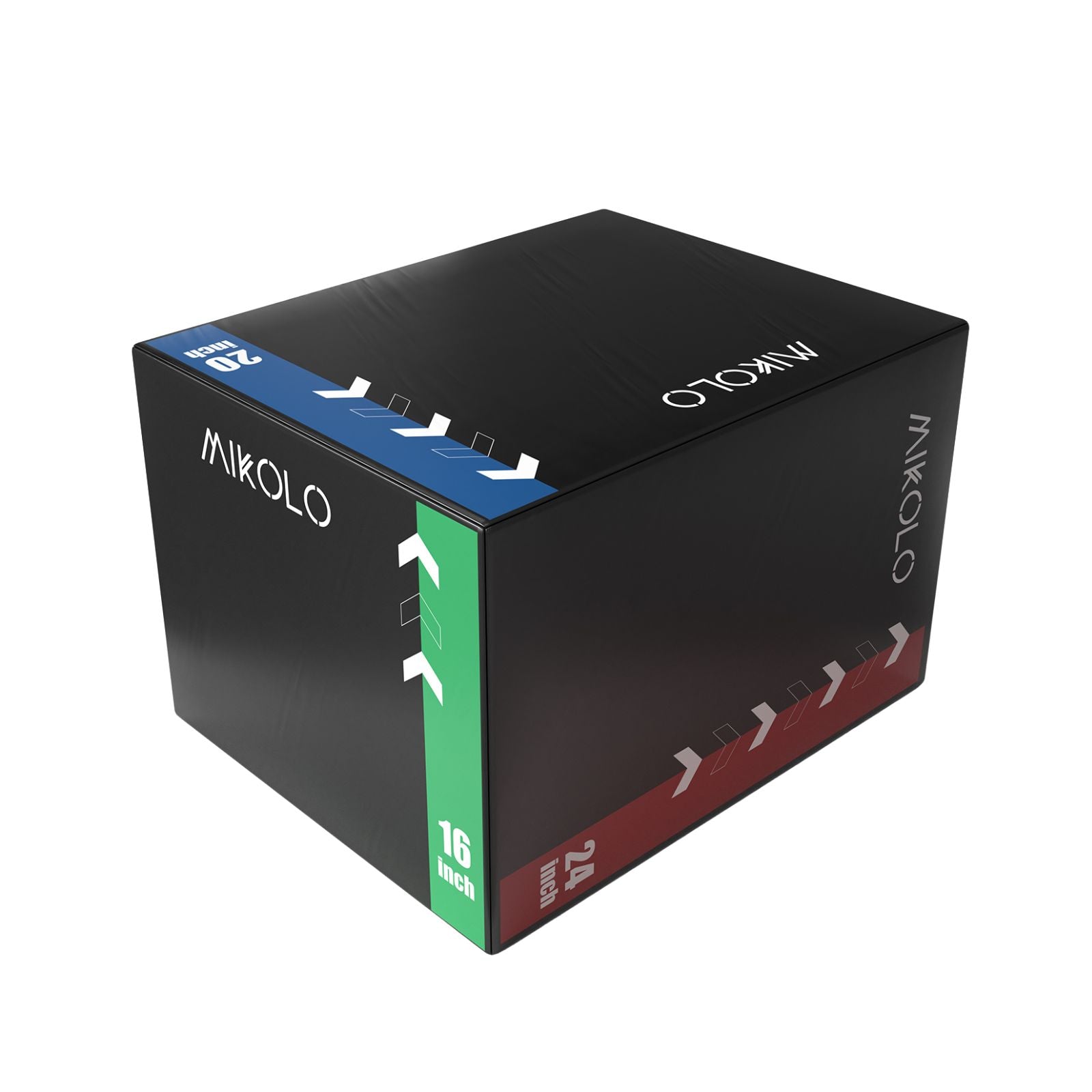
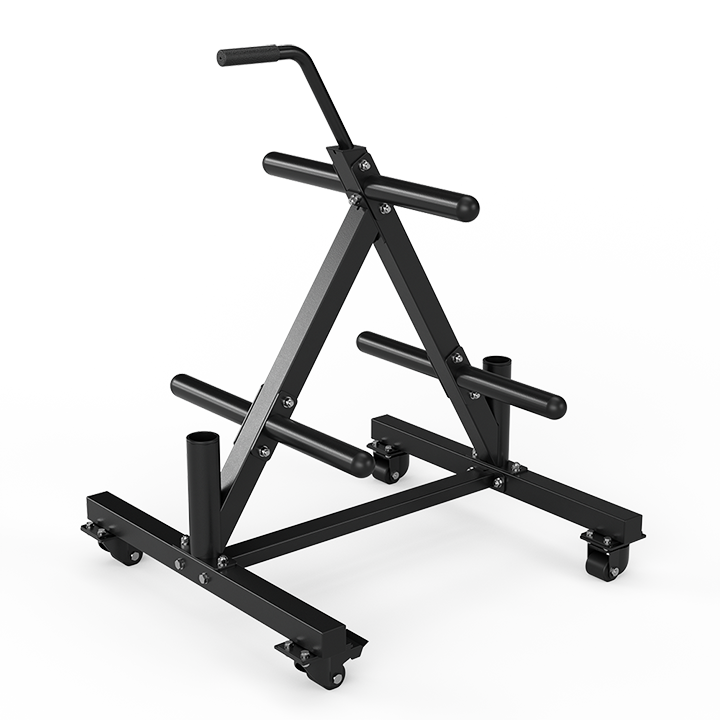
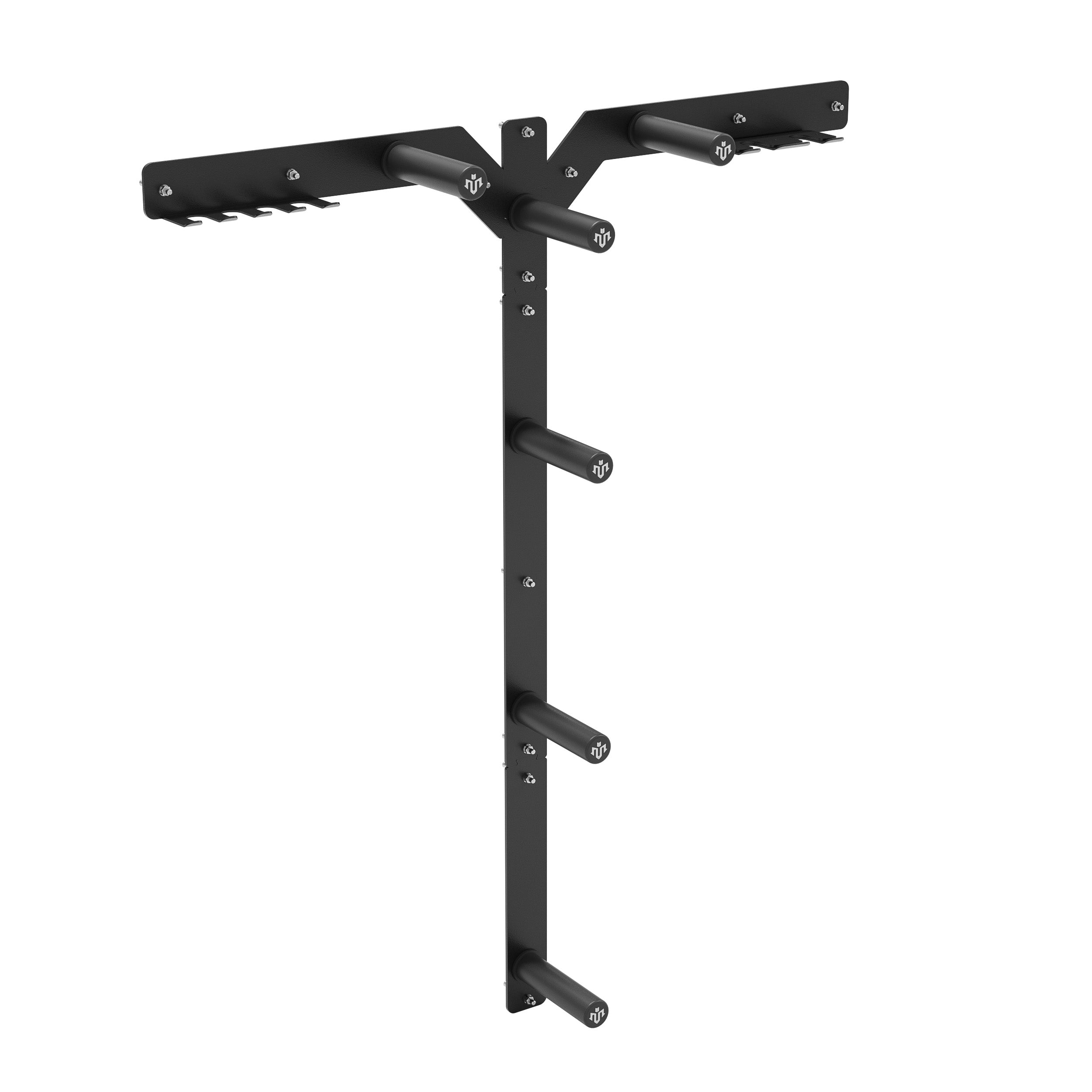
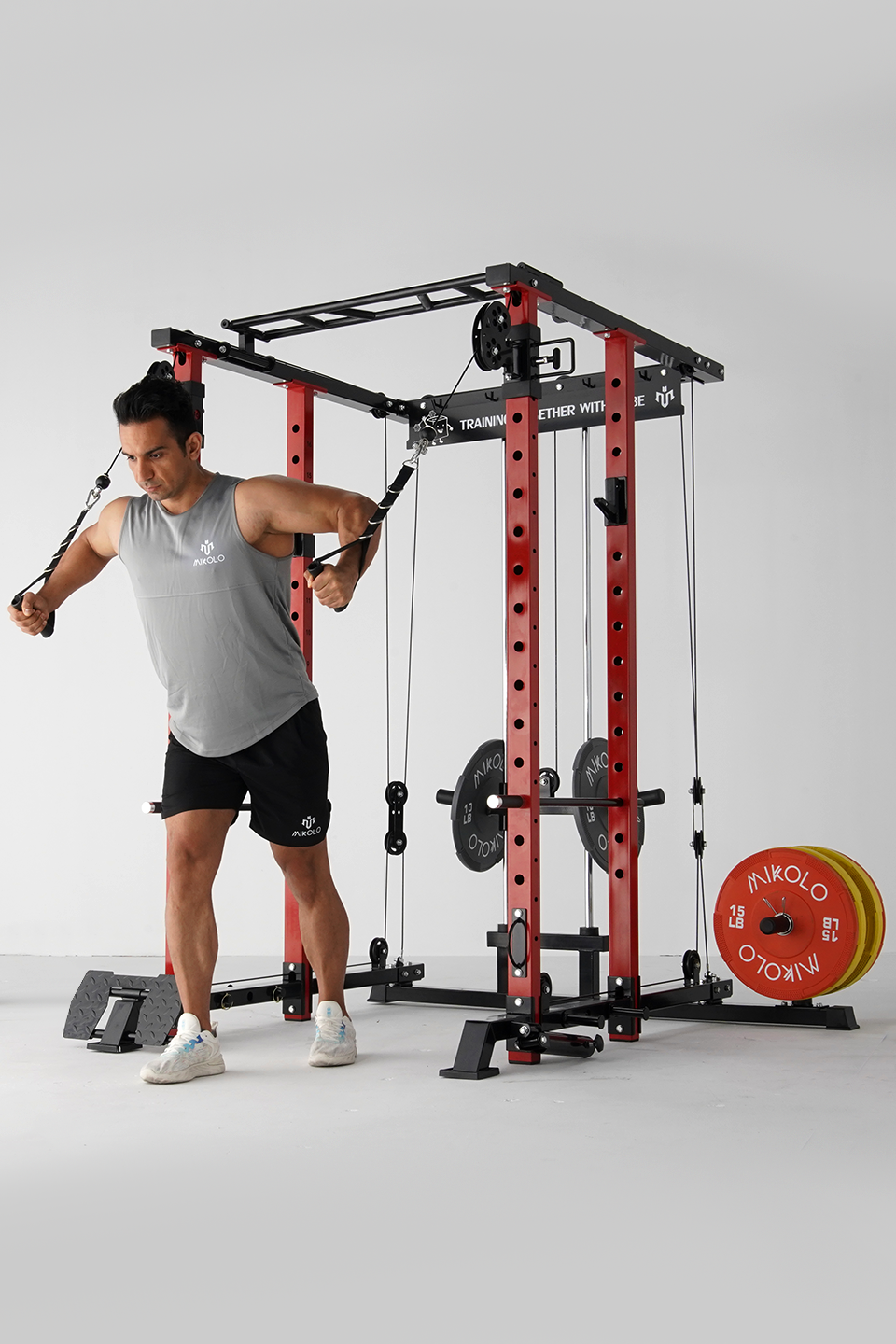



Leave a comment
This site is protected by hCaptcha and the hCaptcha Privacy Policy and Terms of Service apply.